Living in a rural or remote area often means struggling with weak cell phone reception. Dropped calls in the middle of conversations, text messages that won’t send, and snail paced internet that feels like dial-up are common frustrations for rural homeowners. The good news? A cell phone signal booster (also called a “cell signal amplifier” or “repeater”) can turn that situation around by amplifying whatever weak signal exists and bringing it inside your home.

In this comprehensive 2025 guide, we’ll cover everything you need to know from why rural signals are poor and features to look for in the best rural signal boosters, to comparisons of top models (weBoost, SureCall, HiBoost, etc.), real-world use cases, installation tips, troubleshooting/maintenance, future trends like 5G & satellite, and a handy FAQ section. By the end, you’ll be equipped to find the best cell phone booster for poor reception in your rural area and finally enjoy reliable coverage.
Why Is Cell Signal So Poor in Rural Areas?
Rural and countryside locations are notorious for weak cell signals. There are several reasons why your phone shows one bar (or none) when you’re far from the city:
-
Distance from Cell Towers: Rural homes are typically far from the nearest cell towers. Cellular signals weaken over long distances in fact, due to Earth’s curvature, beyond a few miles the signal starts dropping off significantly. Fewer towers covering large areas mean a much weaker signal reaches your property.
- Terrain and Natural Obstacles: The beautiful landscapes of rural areas can be terrible for cell reception. Hills, mountains, and valleys can block or attenuate signals. Thick forests and trees are another big culprit – dense foliage absorbs and scatters radio waves. If you’re surrounded by woods, you’re likely in a coverage shadow (a “dead zone” where little to no signal penetrates).
-
Building Materials: Ironically, your cozy home might be sabotaging the signal you do get. Many rural homes have metal roofs, aluminum siding, log walls, or thick concrete/block construction. These building materials can block or weaken cellular signals dramatically. Even energy-efficient insulation or Low-E glass can interfere with radiofrequency (RF) signals.
- Weather and Atmosphere: Although not usually the main factor, severe weather can play a role. Storm clouds and heavy rain can absorb and scatter signal waves. Rural areas prone to thunderstorms or fog might see signal quality dip during bad weather. Fortunately, this effect is usually temporary.
- Network Capacity (Population Density): In sparsely populated areas, carriers may not invest in many towers or upgrades. Conversely, if a rural area’s population has grown recently, the few towers might be overloaded, causing slow data and poor quality even if signal strength (bars) looks okay. This is less common than physical and distance issues, but it can happen as more people use limited rural infrastructure.
Distance and obstructions are the primary reasons for poor cell reception in the countryside. If you have to walk to a specific hill or stand by a window to get a single bar, these factors are to blame. A cell signal booster for rural areas is designed to overcome many of these issues by capturing the faint signal outside, boosting it, and redistributing it indoors.

How Cell Phone Signal Boosters Work (and Why They’re Ideal for Rural Use)
-
Capture the Signal: An outdoor antenna (usually mounted on your roof or a pole) is the booster’s “ear.” It’s more sensitive and higher up than your phone, so it can pick up weak 4G/5G signals that your phone can’t. In rural setups, this is often a directional antenna pointing toward the nearest tower for maximum gain.
- Amplify the Signal: The antenna feeds the weak signal via cable to the amplifier unit (booster box) inside your home. The booster’s electronics then boost that signal many times stronger (measured in decibels of gain). For example, a booster might take a -110 dBm faint signal and amplify it to -80 dBm or better, a huge improvement in strength. Importantly, the booster amplifies both the downlink (tower-to-phone) and uplink (phone-to-tower) signals, so it helps your phone receive and transmit better.
-
Broadcast Indoors: An indoor antenna then rebroadcasts the amplified signal inside your home so your phones and devices get full bars. It’s like bringing a mini cell tower into your living room. Likewise, when your phone transmits, the booster sends that strengthened signal back out to the tower via the outside antenna.
In essence, a booster bridges the gap between far-away towers and your home. This makes them ideal for rural scenarios: they reach out to distant signals and deliver them to you. However, remember the mantra: a booster can’t amplify zero signal. If there’s truly no detectable cellular service anywhere outside (e.g. a complete dead zone), a booster won’t work.
But if you can get even a faint call or a text outside or on the roof even if it’s just one bar or a spotty signal a booster can amplify it and make it reliable.
Key Features to Look for in a Rural Signal Booster
Not all signal boosters are equal. When shopping for the best rural signal booster in 2025, pay attention to these critical features and specs:
Coverage Area: Manufacturers advertise coverage like “up to 5,000 sq ft” or “up to whole home coverage.” In reality, coverage is highly dependent on your outside signal strength. In tough rural conditions, always err on the side of a larger booster than you think you need. For example, a model rated for 5,000 sq ft might only cover 2,000 sq ft if your outside signal is very weak.
Choose a booster that can cover the size of the space where you need service (e.g., one room, a few rooms, or whole house) under weak-signal conditions. Generally, more powerful boosters (with higher gain and output) cover more area.
Gain (Amplifier Power): “Gain” measured in decibels (dB) indicates how strongly the booster can amplify signal. Higher gain = more boost. Small home boosters might have ~60 dB gain, while large residential units have 65–72 dB (the FCC limit for consumer boosters is 72 dB on most bands).
In rural areas with very weak outside signals (say -100 dBm or lower), high gain is crucial to pull in those faint signals. If your outside signal is stronger (e.g. -80 dBm), gain is a bit less critical than output power, but for most rural users, you’ll want as much gain as possible.
Tip: Also consider uplink power if you’re far from towers. Uplink power is how strongly the booster can “talk back” to the tower. This spec is often not in plain sight, but some boosters are noted for higher uplink power beneficial if you’re miles from a tower (this is more often a consideration for vehicle boosters, but it matters for homes too if you’re extremely remote).
Supported Frequency Bands (Carrier Compatibility): Make sure the booster is compatible with your carrier’s network. Most “broadband” boosters support multiple bands used by all major carriers (AT&T, Verizon, T-Mobile, US Cellular, etc. in the US). Check that common bands like 12, 13, 17, 5, 25/2, 4, 66 are covered (these cover 4G LTE and many 5G low-band signals).
Many current boosters are labeled “5G ready,” meaning they support the frequencies that 5G uses in low band and mid-band (5G still largely rides on LTE bands for coverage). Band 71 (600 MHz) for T-Mobile’s extended range 5G is one to look for in newer boosters. On the flip side, boosters do not support 5G mmWave or very high frequencies that require different solutions but are generally not used in rural areas. The key is to buy a booster that covers all carriers you might use and all bands in your area so it’s somewhat future proof.
Outdoor Antenna Type: The outside antenna is especially important for rural use. Directional antennas like Yagi or LPDA (log-periodic) antennas can reach significantly farther to distant towers than standard omnidirectional antennas. If you’re in a very rural spot, look for kits that include a high gain directional antenna often called “LPDA” or just directional Yagi.
These require aiming at the nearest tower but yield much better performance. Omnidirectional antennas (receive signal from all directions) are easier to install but generally have lower gain; they might be fine if you have decent outdoor signal or multiple towers around, but for one far-away tower, go directional. Some specialized rural kits even offer parabolic grid antennas for extremely weak areas (these can reach towers 20+ miles away when properly aimed).
Indoor Antenna and Coverage Design: Consider your interior coverage needs. Some kits come with a panel antenna (wall-mounted, directional indoors) or a dome antenna (ceiling-mounted, 360° coverage). Panel antennas project signals in a specific direction (good for focusing on one floor or area), while domes radiate in all directions (good for central placement on a ceiling).
For a small cabin or one-room target, a desktop antenna or integrated booster/antenna unit might suffice. For larger homes, you might even want a kit that supports multiple indoor antennas (so you can cover different floors or far-apart rooms via splitters).
FCC Certification & Legality: In the U.S., it’s mandatory to use an FCC-certified signal booster. Certified boosters meet safety and network protection standards, and they are legal to use as long as you install per guidelines. Always check that any booster you buy is FCC-approved (and Industry Canada approved if in Canada, Ofcom-approved in the UK, etc.).
Fortunately, all major brand boosters (weBoost/Wilson, SureCall, HiBoost, Cel-Fi, etc.) are FCC certified. Never use “homemade” or non-certified amplifiers, as they can cause interference and are illegal plus they may not have features like auto shutdown to prevent network issues.
Smart Features and Monitoring: Newer boosters often come with extra features that can be very handy. For example, some HiBoost and SureCall models have a mobile app or Bluetooth connectivity to help with installation and allow you to monitor booster performance (signal strength, gain levels) in real time.
Others have an LCD display on the unit that shows signal readings and status. These features aren’t strictly necessary, but they make aiming antennas and troubleshooting easier. They can essentially act like built-in signal meters. Also, boosters might have automatic gain control which most do that automatically adjusts amplification to prevent overload or oscillation. All these “smart” features add convenience, especially if you’re a DIY installer.
Installation Requirements: Consider what comes in the kit and how easy/difficult it will be to install at your location. Does the kit include mounting hardware, a pole or pole-mount for the outdoor antenna? How long is the coaxial cable provided (and is it high-quality RG6, RG11, etc.)?
If you have a taller roof or need to mount on a barn, you might need extra hardware or cable. Some boosters (like the weBoost Installed Home Complete) even come with professional installation included, which could be worth it if you’re not comfortable climbing roofs. Check the warranty as well (most have 2-year or 3-year warranties, and good support from the manufacturer can be a factor).
Price & Value: Finally, boosters range from ~$200 for an entry level unit to $1000+ for top of the line home systems. Price generally correlates with coverage and power. However, considering your specific needs a modest booster might do fine for a small cabin with moderate outside signal, while a remote farmhouse with near-zero signal may require investing in a high end system.
Be wary of very cheap off-brand boosters sold online; stick to reputable brands that have the proper certifications and customer support. A quality cell signal amplifier for rural areas is an investment that can greatly improve your daily life, especially if you work from home or rely on your phone.
Top Signal Booster Models of 2025 - In-Depth Comparison
Let’s look at some of the best cell phone signal boosters for rural homes in 2025. We’ve selected top models from three leading brands weBoost (Wilson Electronics), SureCall, and HiBoost to compare their features and suitability for different needs. Each has its strengths, and the best choice will depend on your specific situation (coverage needed, outside signal strength, budget, etc.).
Top Picks (Home Use):
- weBoost Home MultiRoom – A popular mid-range home booster from Wilson Electronics’ weBoost line, suitable for multi-room coverage.
- SureCall Fusion4Home – A reputable budget-friendly booster for small homes or cabins; comes in different antenna kit options.
- HiBoost 10K Smart Link – A high power booster with smart app features, aimed at covering larger homes or very weak signal areas.
Below is a comparison table highlighting key specs and features of these three models:
| Booster Model |
Coverage (up to) | Max Gain | Notable Features | Price Range |
| weBoost Home MultiRoom (470144) – Multi-carrier | Up to ~5,000 sq ft (ideal)~2,000 sq ft in weak signal |
65 dB |
Directional outdoor Yagi antenna; 5G ready (supports all U.S. carriers’ 4G LTE & low-band 5G); Expandable with add-on antennas; High build quality and FCC certified. | $$$ (~$600–$700) |
| SureCall Fusion4Home (Yagi/Panel Kit) – Multi-carrier | Up to ~4,000–5,000 sq ft (ideal)~2,000 sq ft in weak signal | 72 dB |
Wide-band booster for all carriers (voice/4G/5G); High-gain outdoor Yagi and indoor panel antenna included; Manual gain dials (set-and-forget); FCC certified. | $$ (~$300–$400) |
| HiBoost 10K Smart Link – Multi-carrier | Up to ~10,000 sq ft (ideal)~4,000+ sq ft in weak signal (strong amplifier) | 65 dB | LCD display & app-supported setup (Signal Supervisor app); 5G compatible (bands 12/13/17/5/25/66, etc.); Kits include high-gain directional antenna; FCC certified with 3-year warranty. | $$$ (~$600) |
Coverage note: “Up to” square footage is under perfect conditions (outdoor signal ~ -50 dBm). Expect less coverage if the outside signal is weak.
As the table shows, all three models support all major carriers and 4G/LTE/5G signals, but they differ in coverage and extra features:
weBoost Home MultiRoom – A great choice for mid-sized homes or large cabins. It’s a powerful and refined unit from a top brand, known for reliability. With 65 dB gain, it can cover multiple rooms easily.
If you need more, weBoost also offers the Home Complete, which pushes gain to 72 dB and can cover up to ~7,500 sq ft (ideal) a top pick for large rural homes. There’s even an “Installed” version of Home Complete that includes professional installation for those unsure about DIY. WeBoost boosters are pricey but come with excellent support.
SureCall Fusion4Home – This is a budget-friendly workhorse. It has higher max gain (72 dB) and can perform well if you have at least a bit of signal to work with. It’s ideal for small homes, cottages, or even an RV/boat when used stationarily.
SureCall also makes the Fusion Professional, which is a step up, covering up to ~8,000 sq ft with stronger antennas (aimed at people needing more range, similar price range as weBoost MultiRoom). The Fusion4Home is a solid entry-level choice and often cited as a best value for improving one or two rooms of coverage.
HiBoost 10K Smart Link – A newer contender packed with features. It’s designed for larger homes or very weak outside signal scenarios (covering up to ~10k sq ft under ideal conditions). What sets HiBoost apart is its Smart Link app and LCD display for fine-tuning. You get real-time dBm readings which make aiming the antenna and optimizing performance easier.
It’s fully wideband (supports 5G) and comes in a sleek package. HiBoost’s 15K model is also available for even bigger coverage (15k sq ft ideal). The company has been gaining ground with robust boosters at a slightly lower cost than weBoost’s top models, making them great for tech-savvy DIYers.
HiBoost 15K Smart Link Deluxe Cell Booster
Covers 7,000-15,000 sq. ft.
All these boosters will significantly improve signal for rural homes. If you have a larger home or extremely poor outside signal, leaning toward a high-power option (weBoost Home Complete, HiBoost 10K/15K, SureCall Fusion Professional) is wise. For smaller homes, cabins, or moderate signal, a Fusion4Home or weBoost Home MultiRoom can be very effective.
And if you value ease of setup, HiBoost’s app or weBoost’s proven install guides might sway you. Each brand has multiple models so consider this a starting point. The best rural signal booster for you is the one that matches your coverage needs and budget while supporting your carrier.
(Note: There are also carrier-specific solutions like the Cel-Fi GO X, which offers up to 100 dB gain but only boosts one carrier at a time. Those can be an option if you only need one provider’s signal and want maximum gain. However, multi carrier boosters like the ones above tend to be more popular for homes where multiple people/carriers are present.)

Real-World Use Cases and Customer Stories
It’s helpful to see how signal boosters make a difference in real rural scenarios. Here are a few use cases and success stories from rural homeowners, farmers, and travelers:
Remote Farmhouse – From No Bars to Connectivity: A family living on a farm in a rural East Texas had almost no indoor signal roughly -115 dBm (essentially a dead zone) inside their house.
They often had to go outside or climb onto a specific spot just to make a call. After installing a powerful booster system (with an outside Yagi antenna on the roof and a panel antenna inside), the results were dramatic: the home went from nearly 0 bars to a solid 3-4 bars of 4G signal throughout the house.
They can now make calls and even use a mobile hotspot for the internet comfortably indoors. One UK case study similarly showed a farmhouse going from 0–1 bars to 3–4 bars after a booster was aimed at a tower 22 miles away, truly life changing for the homeowners who no longer rely solely on a landline or drive to town for service.
Rural Farm & Agricultural Use: On farms and ranches, connectivity isn’t just a luxury, it's increasingly a necessity for operations (coordination, equipment monitoring, receiving weather updates, etc.). Many farmers have found boosters to be a boon. For instance, one customer named Ben, who manages irrigation systems on a remote farm/village property, struggled to get signals for the automated equipment.
He installed a HiBoost unit and “within minutes” saw dramatic improvements, clear calls and even the ability to send data for his irrigation system where it was impossible before. On large properties, some farmers use a portable booster kit (like a suitcase with antenna and battery) that they can move between the farmhouse, barn, or even a tractor, ensuring coverage wherever they are on the property. This can be a game-changer for safety and efficiency on big ranches.
Off-Grid Cabin in the Woods: Many people have remote cabins or vacation homes “off the grid” where part of the charm is being away from it all but a bit of connectivity is still desired for checking in with family or emergency calls.
A signal booster is perfect here: for example, weBoost introduced a model specifically called “weBoost Cabin” aimed at remote cabins and small homes. It comes with a 24-foot telescoping pole to mount the antenna above the trees and can cover one or two rooms enough to let you talk, text, and lightly use data in your cabin.
Customers report that with a booster, their once-unreachable cabin now gets a few bars of LTE enough to send messages or work remotely in a pinch. “Installed in about 1 hour… Now we have texts, calls, and fast enough speeds at the cabin,” said one user about a HiBoost unit for their off-grid cabin. The booster keeps them “just connected enough to avoid isolation, while soaking in nature,” as one product description puts it.
RV Travelers and Remote Camping: If your rural home is on wheels (RV, camper, or a converted van) or you frequently travel through rural areas, a booster can travel with you. RV-specific boosters exist with ruggedized antennas and 12V power options. For example, the HiBoost Travel 3.0 and weBoost Drive Reach RV are popular in 2025. Full-time RVers or van lifers often install these so they can get usable signals at campgrounds, national parks, or on lonely highways.
One common use-case: boondocking on Bureau of Land Management (BLM) land far from cities an RV booster can often take a barely-there 1× or 3G signal and boost it to a couple of bars of LTE, enough for GPS, emails, and even streaming with a good setup. Keep in mind vehicle boosters usually have lower gain (FCC rules limit mobile boosters to ~50 dB gain), so they won’t reach quite as far as home units.
But they make a big difference for on the go connectivity. For stationary use (like if you park your RV at a cabin site for a season), you can even use a home booster with a generator or solar power just note it must be used in a fixed location for FCC compliance.
Small Businesses in Rural Areas: Beyond homes, many rural small businesses (farm offices, rural clinics, lodges, etc.) use boosters to ensure they can serve customers. For instance, a remote bed and breakfast that had spotty coverage installed a booster to provide guests with a reliable signal.
Rural convenience stores or gas stations also benefit by allowing reliable card transactions and keeping customers connected. One case study in a rural clinic showed that after booster installation, staff could make calls indoors without stepping outside and could reliably receive critical text alerts that were previously missed due to no reception.
These examples highlight a common theme: cell boosters turn once unreachable places into connected spaces. Families can stay in touch, farmers can run their businesses, and adventurers can have a safety line. The feedback is overwhelmingly positive. People often say it’s “a night and day difference” or literally “changed my life. I can finally make calls and browse without interruptions”. It’s important to set realistic expectations (you might go from zero bars to maybe 2-3 bars, not necessarily a full 5 bars everywhere), but those 2-3 bars can make the difference between no call and a clear call.
DIY Installation Guide: How to Install a Signal Booster in a Rural Home
One great aspect of most consumer signal boosters is that you can install them yourself, no professional required (unless you opt for it). If you’re a bit handy and not afraid of climbing a ladder, a DIY installation can be done in an afternoon.
Here’s a step by step guide to installing a typical home cell booster:
Tools and Prep: You’ll need at least a ladder, a Phillips screwdriver, and an adjustable wrench. Also have your smartphone handy (for testing signal). Most kits come with mounting brackets and coaxial cables included. It’s wise to check you have everything per the instruction manual before you start.
Step 1: Find the Best Outside Signal – Before permanently mounting anything, you need to identify the sweet spot outside your home with the strongest signal. Walk around your property with your phone to see where you get the most bars (disable Wi-Fi so you’re reading cellular signal). Better yet, use your phone’s field test mode to see the signal strength in decibels (dBm).
Signal ranges from about -50 dBm (excellent) to -120 dBm (none). Try high spots like an upstairs window, or step outside each side of the house. The side facing your nearest city or known tower is a good bet.
Tip 1: Time of day can matter; you might get a slightly better reading on a clear day or when the network isn’t congested. Once you find the best spot (say you get -90 dBm on the south wall vs -105 dBm elsewhere), plan to mount your outdoor antenna in that general area.
Step 2: Mount the Outdoor Antenna – This is the part that likely involves climbing. Mount the outside (donor) antenna as high as feasible, ideally on the roof or high on an exterior wall. Height helps get line of sight to the tower and clears obstacles. If your kit came with a pole or mast, attach the antenna to it and secure the pole to the side of the house or chimney. Point a directional antenna toward the nearest cell tower (away from your house).
You can use tower locator apps or websites to find the direction of your carrier’s tower relative to you. If it’s an omnidirectional antenna, no pointing is needed, just mount it vertically upright. Use the wrench and screws to secure the bracket so the wind won’t move it.
Mount at roof edge or eave so that the antenna sticks up above the roofline. Keep it clear of metal objects (e.g., not right next to a metal chimney or water tank). And maintain distance from any satellite TV dish to avoid interference. (They can share a pole on opposite sides in many cases.)
Step 3: Run the Coax Cable Inside – Next, you need to route the antenna’s coaxial cable from outside to the booster unit inside. There are a few options for this wiring step:
- If you don’t mind drilling: Drill a hole through the wall (or use an existing conduit) near where the cable will enter. A 3/8″ or 1/2″ hole can accommodate most connectors. Use a silicone caulk to seal it after pulling the cable through.
-
Through a vent or soffit: Sometimes you can snake the cable in via an attic vent, crawlspace vent, or under roof soffit into the attic, then down to your target room.
-
Along a window frame: A trick is to use a flat window entry cable (a short flat coax segment) that can go under a closed window or door without drilling. Some kits include this. It slightly reduces signal, but offers a no drill solution.
-
Follow existing cables: If you have a cable TV or satellite line entering the house, often there’s extra space in that entry hole – or you can tape the new cable alongside and follow the same path.
Whichever way, try to minimize sharp bends in the coax and avoid running it adjacent to power lines (to reduce interference). Before entering, add a drip loop, a downward loop in the cable outside just before it goes in, so rainwater drips off the loop and not along the cable into the hole. Once inside, route the cable to the area where you’ll place the amplifier (often a central location in the house).
Step 4: Install the Indoor Antenna and Booster – Now decide where you need the improved signal the most inside. That’s where the indoor antenna should be aimed or located. If it’s a panel antenna, you might mount it high on a wall facing into the area you want coverage. If it’s a ceiling dome, you’ll mount it on the ceiling. For a desktop whip antenna, just place it on a table or shelf in the center of the coverage area.
You must have sufficient separation between the indoor and outdoor antennas (to prevent a feedback loop called oscillation). A good rule is at least 20 feet vertical or 50 feet horizontal separation between them (more is better). So, if your external antenna is on the roof above your living room, don’t put the internal antenna on the ceiling right below it, move it horizontally across the house, or choose a lower floor.
Most boosters will automatically reduce gain or shut off if they sense oscillation, indicated by warning lights. So spacing and perhaps a bit of trial and error is key. Once you choose a spot, mount the indoor antenna (screwing the panel to the wall, etc.) and connect its coax cable into the indoor/output port of the booster. Then connect the coax from the outside antenna to the outdoor/input port of the booster. Hand-tighten the connectors firmly (loose connections can impair performance).
Step 5: Power On and Optimize – Double check all connections, then plug in the booster’s power supply to a wall outlet. The unit should light up and within a few seconds start amplifying. Check the indicator lights: green lights usually mean all good, while red or orange lights may indicate issues (refer to your manual: often red = oscillation, yellow/orange = incoming signal too strong/overload, etc.). If a light is red, you likely need to increase antenna separation or turn the outdoor antenna slightly to reduce feedback. Many boosters auto-adjust gain, so after initial setup, give it a minute to adjust.
Now test your phone in the coverage area to see how many bars or (better) what dBm reading you get. Hopefully, you see a big improvement immediately (e.g., from -110 dBm to -85 dBm, or 1 bar to 3-4 bars). Try making a call or loading some webpages to verify everything is working. If the results aren’t great, you may need to re-aim the outside antenna for a stronger signal: small adjustments (a few degrees at a time) can sometimes bump up gain.
Apps provided by boosters (like HiBoost’s Signal Supervisor) or general signal meter apps can help fine-tune by showing you the dB gain in real time. Once you’re satisfied, tidy up: secure the cables (use cable clips along walls), weatherproof any outside connectors, and that’s it! Enjoy your boosted signal.
If going on the roof, practice ladder safety, have someone around if possible, don’t install during a storm, etc. And avoid pointing a directional antenna at or near other antennas (like your TV antenna) to prevent interference.
If all this sounds daunting, remember that professional installation is available. The weBoost Installed Home Complete, for example, includes an expert coming to your home to do the install for you. But many rural homeowners successfully do it themselves with patience and the right tools.
Once installed, boosters are fairly low maintenance, just occasionally inspecting that the outside antenna is still secure (wind or birds can sometimes redirect it) and that cables remain intact (storms or animals haven’t chewed anything). The booster itself can just stay plugged in 24/7.
Troubleshooting and Maintenance Tips
Signal boosters usually operate quietly in the background. But if you’re not getting the results you expected, or down the line something seems off, consider these troubleshooting and maintenance tips:
Check the Indicator Lights: Most boosters have LED lights to convey status. A green light means all good. A red or flashing light often indicates oscillation (feedback) the booster may have automatically reduced gain to stop a feedback loop. This means your outdoor and indoor antennas are hearing each other.
Solution: increase the separation distance (move indoor antenna farther from the outdoor’s direction or lower its gain if the booster has manual controls).
Also ensure the outdoor antenna is pointing away from the house/indoor antenna, and if possible use a vertical separation (one on roof, the other in ground floor) which is very effective.
An orange or yellow light might indicate an overload of too strong a signal coming in on some frequency (could happen if you’re closer to a tower or the antenna is picking up a strong signal from another carrier).
Solution: Try slightly re-aiming the outdoor antenna away from the source of strong signal or, if your booster allows, use an attenuator or lower the gain on that band. Overload is less common in rural areas, but if you see an error, consult the manual’s light codes.
Inspect Cables and Connections: If the booster was working fine but suddenly isn’t, do a physical inspection.High winds might loosen an outdoor cable or connector, moisture might have leaked into a connector, or a cable could be pinched.
Regularly tighten any loose connections (they can loosen over time or if bumped). Ensure the outdoor coax hasn’t been chewed by rodents or frayed. Also verify the power cable is securely in and the booster is getting power (maybe try a different outlet or see if a surge tripped).
Re-aim or Fine-tune the Antenna: If you installed during one season, sometimes changes (like leaves on trees in summer) can affect signals. It doesn’t hurt to re-check outside signals occasionally. Use your booster’s app or a field test to see if you can optimize the donor antenna alignment. Even a small change in angle or height could improve gain by a few dB. The goal is to maximize the signal coming into the booster.
Keep Antennas Clean and Clear: Maintenance is minimal, but if you live in dusty or snowy areas, make sure the outdoor antenna is not covered in dust, snow, or debris. A layer of dust or snow can attenuate signals. Gently wipe off dust or brush off snow/ice when safe to do so. Similarly, trim back any branches that may have grown into the antenna’s line of sight.
Avoid Heat and Overheating: Keep the booster unit in a cool, ventilated spot (not in direct sun or an unventilated hot attic). They do emit some heat and if placed in a very hot environment, they might throttle down.
If you suspect overheating (the unit is very hot to touch), ensure it’s not covered by anything and maybe use a small fan or relocate it. Most have internal protection against overheating, but performance can suffer if constantly too hot.
Firmware Updates (if applicable): A few boosters with smart features (like HiBoost) might get firmware updates via their app. It’s rare, but worth checking the app to see if an update is available, as it could improve performance or fix any bugs. For example, HiBoost’s app allows OTA (over-the-air) updates.
Periodic Reboots: Honestly, boosters generally don’t need rebooting like a router might. But if you ever notice weird behavior (like the lights are fine but performance is suddenly weak), a simple power cycle can refresh the system. Unplug the booster, wait 10 seconds, and plug it back in. It will reinitialize and re-optimize.
Lighting and Surge Protection: Rural homes often deal with storms and power surges. It’s wise to plug the booster into a surge protector to protect it from electrical spikes. If you’re in a lightning-prone area, consider a lightning surge protector for the antenna line (this installs inline with the coax and is grounded to shunt lightning energy). A direct lightning strike to an antenna can fry a booster, so disconnect the antenna cable during severe thunderstorms if possible.
When in Doubt, Get Support: Don’t hesitate to contact the manufacturer’s customer support if something isn’t working right. Companies like Wilson (weBoost) and SureCall have tech support that can walk through troubleshooting.
They might suggest things like measuring the raw outside signal or checking if a specific frequency band is the issue. Also, many retailers offer a money-back guarantee (30 to 90 days), so if the booster truly isn’t helping, you can often return or exchange it.
The good news is that once set up, signal boosters require very little maintenance. Unlike many gadgets, they tend to either work or have a clear indicator if they need attention. Just keep an eye (maybe once a season) on your exterior setup, and enjoy the vastly improved reception!
Future Trends: 5G Expansion, Satellite Connectivity, and Smarter Boosters
The landscape of cellular coverage and technology is continually evolving. For rural areas, the coming years promise some exciting improvements that could complement or even change how we use signal boosters. Here are some future trends to watch:
5G in Rural Areas: Carriers are steadily expanding their 5G networks beyond cities. For many rural communities, low-band 5G (using frequencies like 600 MHz band n71 or 850 MHz n5) is being deployed because it reaches far like 4G. The impact for boosters: current boosters already amplify these low-band 5G signals (since they overlap with 4G frequencies).
As 5G becomes more common, boosters will ensure you can benefit from it for faster data. However, mid-band 5G (e.g., 2.5 GHz n41 for T-Mobile or C-band around 3.7 GHz) is trickling into semi-rural areas too. Traditional boosters typically do not cover those higher frequencies yet (most boosters top out around 2.5 GHz).
We expect next-generation boosters to start incorporating some mid-band 5G support as regulations allow. And for the really high-frequency mmWave 5G, it’s unlikely to ever be relevant in rural settings due to its minuscule range (that tech will stick to dense city blocks). So, the main trend is boosters labeled “5G” will become standard, simply to reassure that they handle the new 5G broadcast on existing bands.
When 6G rolls around (perhaps late this decade), boosters will likewise adapt; some manufacturers are already talking about “6G ready” designs. The bottom line: as rural cell service improves with new technology, boosters will evolve but remain useful to maximize that service for homes.
Satellite + Cellular Hybrid Connectivity: One of the most exciting developments is the move to integrate satellites into cellular networks. In 2025, we are seeing the beginning of services like Starlink Direct-to-Cell in partnership with T-Mobile, which aims to “eliminate dead zones” by allowing regular smartphones to connect to satellites when no tower signal is available.
Starting as text messaging and emergency connectivity in late 2023/2024, by 2025 they’re testing voice and basic data via satellite for remote areas. For rural dwellers, this means that in truly no-signal areas, your phone might still send a message via satellite (slowly, but it works).
How do boosters tie in? In some ways, this could reduce the need for boosters in extremely isolated spots if your phone can reach a satellite, that’s an alternative path. But satellite signals are very low-power and line-of-sight dependent – boosters likely won’t amplify those (different frequencies/protocols). Instead, think of it as a backup.
Another angle: satellite internet (Starlink) is becoming popular in rural areas for broadband. While not directly related to cell signal, many use Starlink for data and then rely on Wi-Fi calling to handle voice. A booster plus Starlink combo can ensure you have both coverage and high-speed internet.
In the slightly farther future, companies like AST SpaceMobile and others have launched test satellites that achieve a direct 5G connection to ordinary phones. If that becomes widespread, the notion of always needing a land tower could change, but it’s likely a decade away for full deployment. For now, satellite services will augment rural connectivity rather than replace networks.
It’s worth keeping an eye on your phone in a rural field and might seamlessly switch to satellite mode if no tower is around, ensuring you’re never completely out of reach. That’s a win for safety and convenience in remote life.
Smarter, AI-Powered Boosters: Everything’s getting “smart” and boosters are no exception. We expect future signal boosters to employ more advanced algorithms (perhaps AI-driven) to adapt in real time to the environment. For example, a booster might automatically sense that at certain times of day one frequency is overloaded or noisy and intelligently switch focus to another band, or adjust its gain pattern to your usage habits.
Some of this is already starting: modern boosters have automatic oscillation detection, automatic gain control, etc., which are forms of machine logic to optimize signal. The next step could be using AI to squeeze even more performance, like actively steering outdoor antenna arrays or managing multiple indoor antennas for best coverage.
This might also include smarter integration with apps giving users analytics on their signal, maybe even integration with smart home systems (imagine your booster alerting you via phone app if the outside antenna alignment is compromised or if a new nearer tower came online and you should re-aim).
Energy Efficiency and Design: There’s a trend toward more eco-friendly and compact designs in tech generally. We could see boosters that consume less power or have standby modes when not in use, which is great for off-grid solar-powered homes.
Also, manufacturers might use more recyclable materials or create sleeker, less obtrusive antennas (some indoor antennas are now paintable or low-profile dome designs to blend into décor). It’s not all about function – form matters when you have gear attached to your home.
Integration with Other Systems: Another future possibility is integration with Wi-Fi mesh systems or routers. For instance, a booster might communicate with your Wi-Fi system to coordinate coverage (since many new Wi-Fi routers also have location-based analytics).
While cell boosters and Wi-Fi are separate beasts, the ultimate goal in a smart home is seamless connectivity. Perhaps boosters could one day double as femtocells or incorporate a small cell that uses satellite backhaul bridging the gap between a traditional booster and creating your own mini cell site. This is speculative, but the lines could blur as technology advances.
Regulatory Changes and Opportunity: Regulators like the FCC are continually reviewing how to improve rural communications. There may be new frequency bands opened or higher booster gain limits for specific scenarios.
For example, Cel-Fi (Nextivity) boosters operate under a different classification with much higher gain (100 dB) but are carrier-specific; if more such tech is approved broadly, we might get even more powerful multi-carrier boosters.
Additionally, we might see network-managed boosters (especially for enterprise) that coordinate with carrier networks for optimal performance (some of that exists in enterprise DAS systems, but maybe a scaled version for prosumer rural users could come).
In summary, the future looks bright for rural connectivity. In the near term, a quality signal booster remains the best solution for “here and now” coverage issues; they're a proven technology (over two decades in use) and continue to be effective.
As 5G and even satellite options roll out, boosters will evolve but also will work alongside these technologies. One thing is certain: rural residents are getting more options to stay connected, and the gap between urban and rural connectivity is (slowly) shrinking. Smart boosters, 5G expansion, and satellite connectivity together will ensure that even in the country, you won’t be left behind in the connected world.
Faqs
Q: Does a signal booster need Wi-Fi or an internet connection to work?
A: No, a cellular signal booster does not use Wi-Fi or broadband at all. It directly amplifies cellular signals from the outdoor antenna and rebroadcasts them. This is different from devices like femtocells or Wi-Fi calling. A booster is a standalone solution that simply improves the cell reception; it doesn’t create its own Wi-Fi or require one. (Some boosters have a smartphone app for setup, but that’s just a local Bluetooth/Wi-Fi connection to your phone, not for the booster to function.)
Q: Is it compatible with all phones and carriers?
A: Yes, generally modern multi-band boosters work with all common carriers and devices. The boosters we discussed support all major U.S. carriers (Verizon, AT&T, T-Mobile, US Cellular, etc.) simultaneously, and they boost standard 4G LTE and 5G signals that any normal phone uses.
You don’t need different boosters for different phones; one system will create a strengthened signal environment that any phone or cellular device in that area will benefit from. Just ensure the booster you buy covers the frequency bands for your carrier (most do).
Also, there’s no limit to the number of devices it can support at once (unlike a Wi-Fi router). If ten people are in the house with different phones, all can get boosted as long as they’re in coverage range of the indoor antenna.
Q: Can I install a booster myself or do I need an electrician/technician?
A: You can absolutely install it yourself in most cases. These kits are designed for consumer DIY installation. They include instructions and all necessary parts. As described earlier, it involves mounting an antenna, running a cable, and placing the indoor unit – similar skill level to installing a TV antenna or satellite dish. If you’re comfortable on a ladder and drilling a hole for a cable, you should be fine.
Many brands provide step by step guides and even phone support to help. HiBoost’s app, for example, guides you through the process. That said, if you’re not handy or don’t want to bother with roof work, you can opt for professional install services. Some products (like weBoost Installed Home Complete) even bundle pro installation. But there’s typically no need for an electrician, it's low-voltage plug-in equipment.
Q: Are signal boosters legal to use?
A: Yes, in the United States cellular signal boosters are legal as long as they are FCC-certified and properly installed. The FCC in fact encourages their use to improve coverage. You used to have to register them with your carrier (and it’s still recommended), but today most carriers have streamlined or waived individual registration for FCC-approved consumer boosters. Just make sure you purchase a booster labeled as FCC approved.
Using uncertified amplifiers or not following guidelines (like using a booster in a moving vehicle that isn’t designed for it, or not maintaining antenna separation causing interference) would be illegal. Stick to well-known brands and you’ll be fine. In Canada, boosters must be ISED certified (equivalent to FCC) again, all major ones are. So bottom line: a certified booster is 100% legal for consumer use, no license needed.
Q: Do these boosters support 5G?
A: Yes, all the top modern boosters support the current 5G deployments in low-band frequencies. In practice, that means they amplify the bands that carry 5G along with 4G. For example, carriers’ low-band 5G (600 MHz, 800 MHz, 1900 MHz, etc.) is covered. If a booster says “5G ready” it typically means it won’t block or disable 5G signals on those bands. However, no consumer booster supports the super high-frequency 5G like mmWave but those signals hardly travel far enough to reach most rural areas anyway.
As mid-band 5G (like 2.5 GHz) spreads, we expect boosters will eventually incorporate those frequencies once approved. As of 2025, you’ll get improved 5G coverage for low-band 5G with current boosters, and your phone will happily use 5G or LTE whichever is boosted. For example, a booster will help T-Mobile’s 5G 600 MHz band, which is one reason they are marketed as 5G boosters. If you have a 5G phone, it will benefit just as much as a 4G phone from the boosted signal.
Q: Will a booster improve my data speeds, or just signal bars?
A: Yes, by improving your signal quality and strength, a booster typically increases data speeds and reliability. A stronger signal (higher dBm, better SINR) directly translates to faster download/upload speeds and more stable connections.
You’ll likely notice web pages load quicker, videos buffer less, and uploads don’t fail. It’s not adding bandwidth beyond what the tower provides, but it lets you take full advantage of the network technology (e.g., allowing LTE to connect on a higher category or enabling 5G where it was barely connecting before).
Users often report that where they used to get maybe 1 Mbps on a weak 4G signal, after boosting they might see 10-20 Mbps or more, enough for streaming HD video, etc. Of course, results vary with how weak you started and the capacity of the tower boosters can’t alleviate tower congestion or slow backhaul. But if your slow speeds were due to poor signal (which is usually the case in rural areas), a booster will absolutely help maximize your internet performance. Plus, it will make voice calls clear (no more garbled audio) and texts sent reliably, which indirectly is a “speed” improvement for communications.
Q: Is it safe to have these amplifiers in my home? Any health risks?
A: Signal boosters are safe. They are FCC-regulated devices that must operate within strict power limits and standards to avoid any health hazards. The indoor antennas emit signals at levels comparable to a Wi-Fi router or a cell phone, which are far below any harmful threshold. In fact, having a booster can reduce your phone’s radiation exposure because your phone will transmit at a much lower power when it has a good signal (your phone no longer has to “strain” at full power to reach a distant tower).
So if anything, boosters can lower your phone’s RF output and extend its battery life by making the connection easier. The booster’s outdoor antenna does emit RF too, but it’s on the roof or pole away from people. Just follow the installation guidelines (e.g., don’t put an indoor antenna right next to where you sit for long periods, mainly to avoid feedback issues, not radiation).
But even if you did, the power levels are tiny typically the indoor coverage antenna max is a fraction of a watt. By comparison, a cell phone when struggling for signal might use 1 watt at your ear. So, no evidence of any health risk from boosters; they're essentially acting like a mini cell tower but at low power and under regulation.
Q: Will a booster help in a metal building or shipping container home?
A: Yes, one of the best uses of a booster is to get signal into a structure with metal or dense materials. A steel barn, metal-sided home, or container office can be almost a Faraday cage that blocks outside signals completely. A booster can overcome this by placing the donor antenna outside where signal is present and broadcasting inside. In fact, boosters are often the only solution for metal buildings short of running a wired landline.
The key is to use a high-gain external antenna outside the metal structure (clear of the metal enclosure). Once that’s pulling in signal, the indoor antenna will fill the interior. Many farmers install boosters in metal pole barns or equipment sheds for this reason.
It’s worth noting that because metal so effectively blocks RF, you might need a little extra power (gain) to cover the whole interior, but generally once the signal is inside, metal walls also keep it from escaping so it might even concentrate it inside. So yes, boosters work great for metal and concrete buildings; those materials which block cell signals are exactly why boosters exist.
Q: What about using my phone’s Wi-Fi Calling or a femtocell instead of a booster?
A: Wi-Fi Calling (using your broadband internet to carry calls/texts) can be a solution if you have a good internet connection like Starlink or DSL. It’s often recommended in zero cell signal scenarios as an alternative. However, not everyone has decent internet or wants to rely on it for phone service. A booster keeps your phone on the cellular network which can be more stable for voice in some cases, and it handles data without burdening your internet data cap.
Femtocells/microcells were devices carriers provided that essentially create a tiny cell tower in your home but use your internet as backhaul (examples: Verizon Network Extender, AT&T MicroCell). These have largely been phased out (AT&T’s MicroCell was discontinued) in favor of Wi-Fi Calling. Plus, they required GPS signal and registration and only worked for one carrier.
Boosters are carrier-agnostic and use no internet. So, if you have no broadband or prefer a one time hardware solution with no monthly internet cost, a booster is the better choice. Some savvy users actually use both: a booster for general cellular coverage and a satellite internet for data-heavy use and Wi-Fi calling as backup covering all bases.
Q: How do I know which booster to get for my specific situation?
A: It boils down to outside signal strength, coverage area needed, and budget:
- If you have extremely weak outside signal (e.g., barely able to get a text outdoors), get the most powerful booster you can afford – one with 70+ dB gain and a directional antenna (like weBoost Home Complete, HiBoost 15K, SureCall Fusion Professional). This ensures you’ll capture and amplify that tiny signal.
- If your outside signal is moderate (maybe 2-3 bars outside) and you just need one floor of a house or a small home covered, a mid-range booster (weBoost MultiRoom, SureCall Fusion4Home, HiBoost Home 4K/ Dash etc.) will do and save money.
- For vehicles/RVs, you’ll need a specific mobile booster. For example, weBoost Drive Reach is a top vehicle booster. These usually come as a kit with a magnet-mount or OTR truck antenna and a small inside antenna. Don’t use a home unit in a vehicle FCC rules differ and also the power adapters differ.
- Check for any special circumstances: a very large home (you might need additional indoor antennas or a pro-grade solution), or multiple buildings (maybe one booster per building, or a strategically placed one with a splitter to two indoor antennas).
If unsure, consult retailers or the manufacturers that may have online product selectors or will do a free consultation to recommend a model if you tell them your scenario. Our comparison and guide above covers the common ones. The good news is most rural scenarios have been solved before, so you can often find a success story similar to your situation and see what they used.
Don’t settle for one bar or no service in 2025 there are plenty of solutions to stay connected. A quality cell phone signal booster can truly bridge the gap between you and the distant cell tower, bringing you strong, usable signals in even the most rural homestead. Whether it’s for working from your country home, keeping your family safe and in touch, or just enjoying Netflix on the farm, a booster is often the easiest and most cost-effective fix for poor reception. Say goodbye to dropped calls and hello to reliable signals!
Recommended Reading
Top 5 Reasons You Have Poor Cell Signal in Rural Areas (and How to Fix It)
How to Install a Cell Signal Booster in Your Rural Home – Step-by-Step Guide
Does a Cell Phone Signal Booster Really Work in the Countryside? Real-World Tests
What’s the Best Signal Booster for AT&T / Verizon / T-Mobile in Rural Areas?
How to Choose the Right Signal Booster for Your Cabin, Farmhouse, or Remote Property
RV and Off-Grid Living: Best Mobile Signal Boosters for Rural Adventures in 2025
How Much Does a Rural Cell Booster Cost? Pricing Breakdown + Best Value Picks
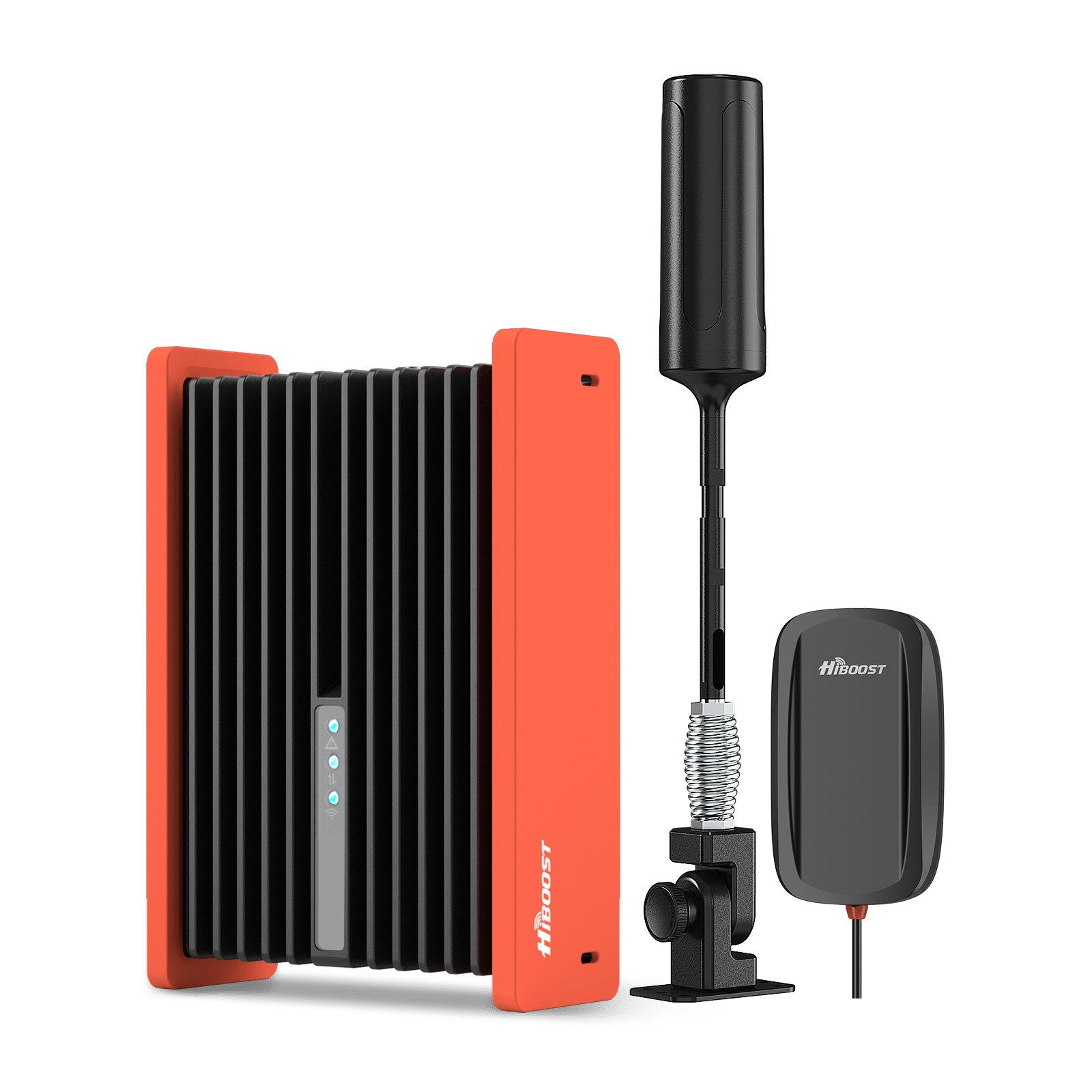
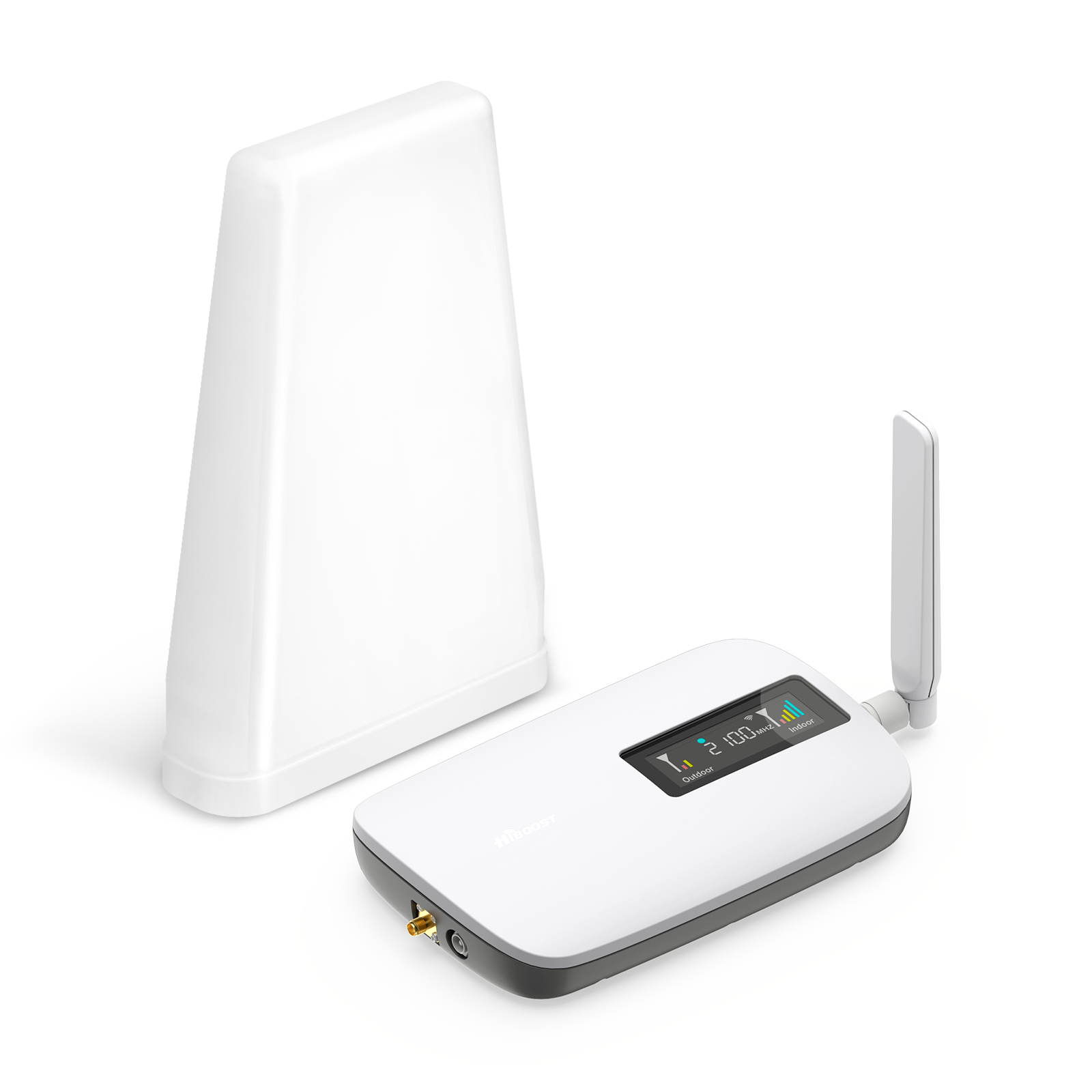
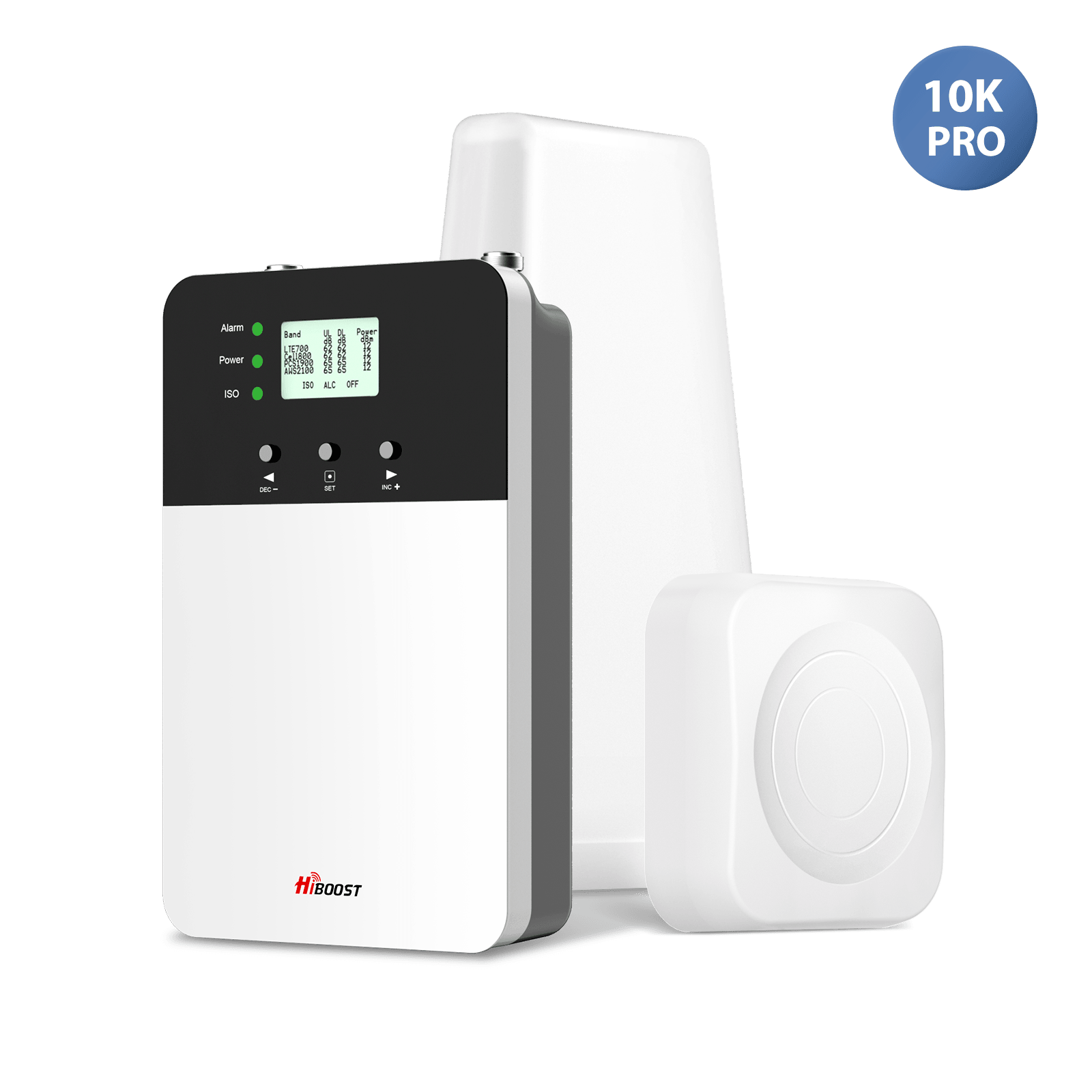
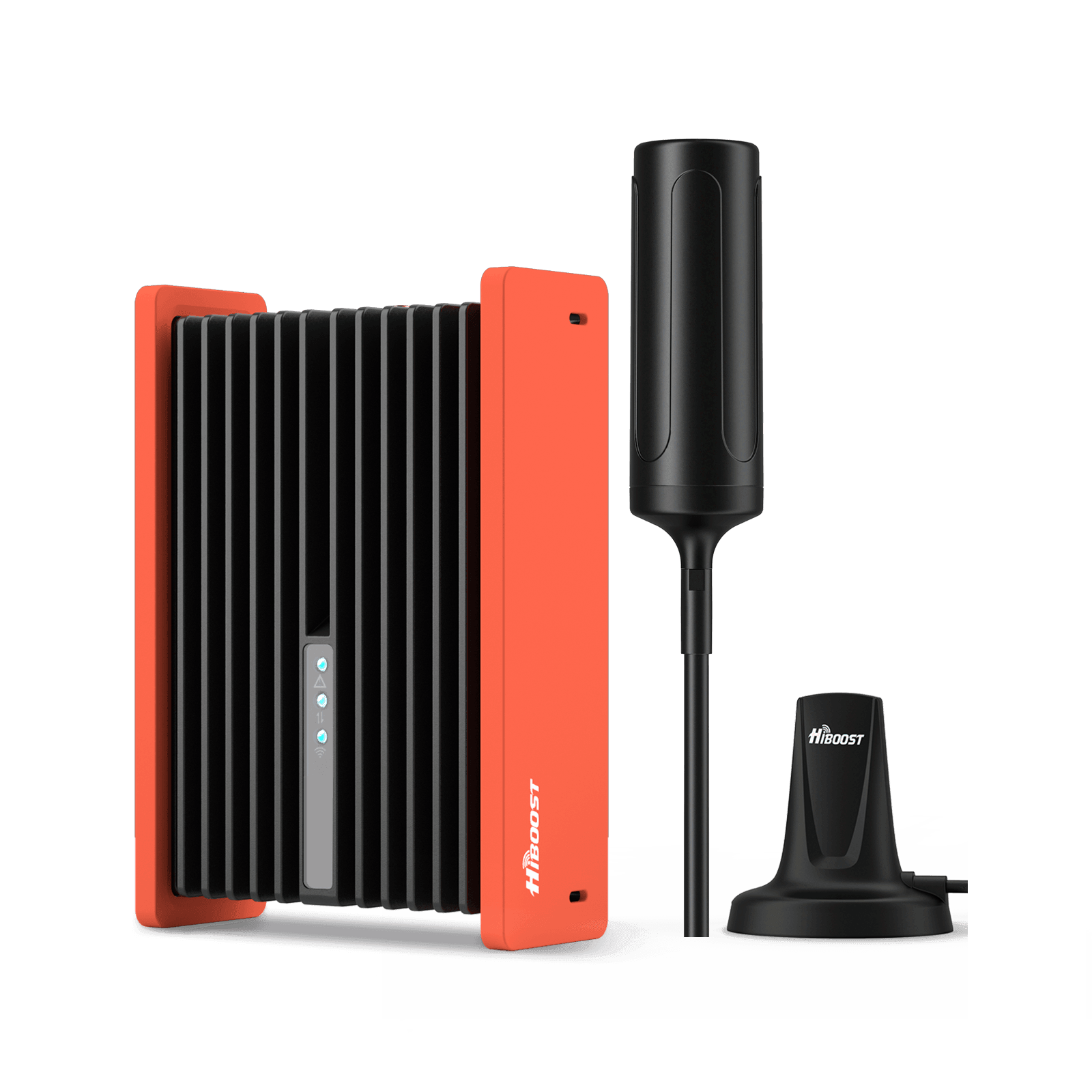
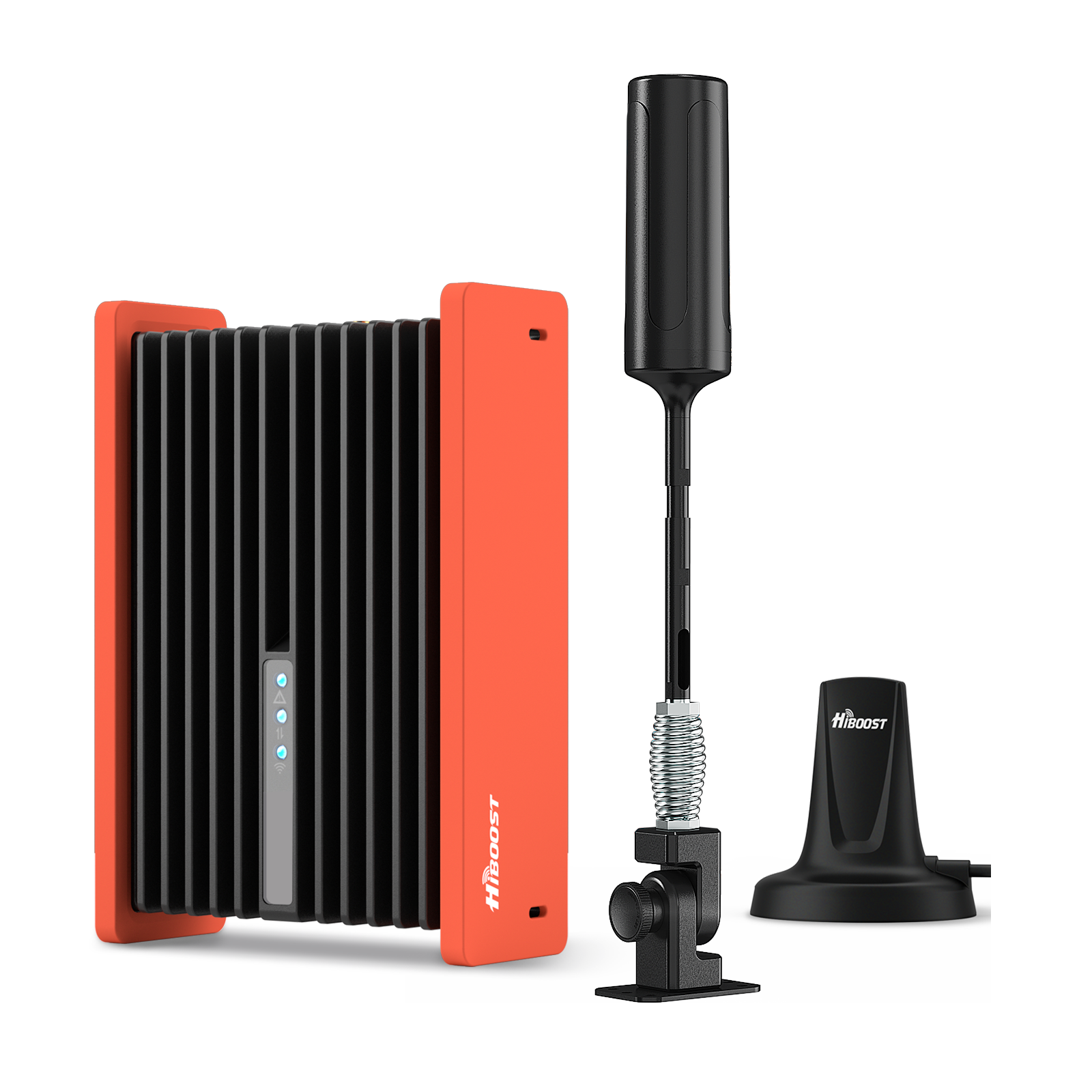
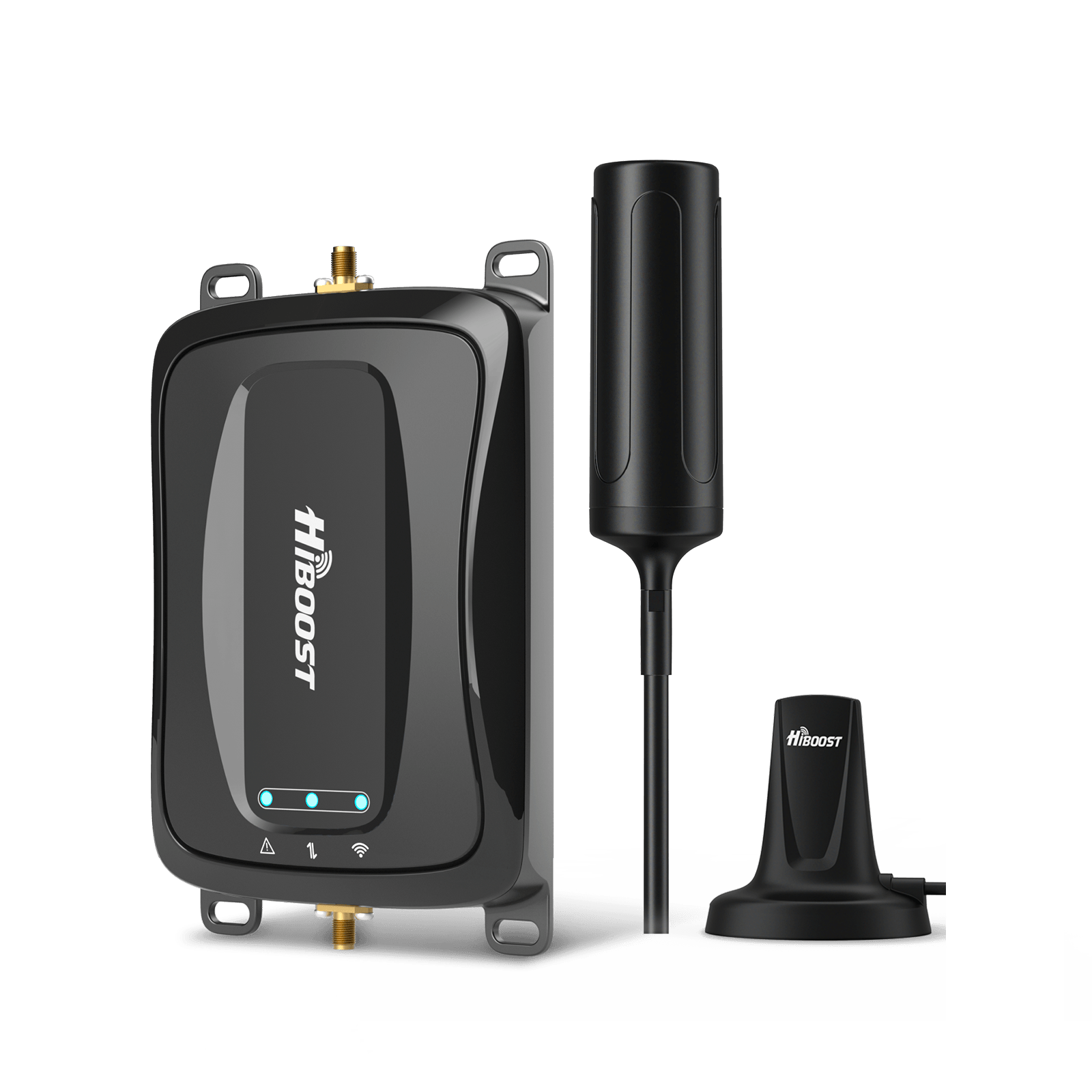



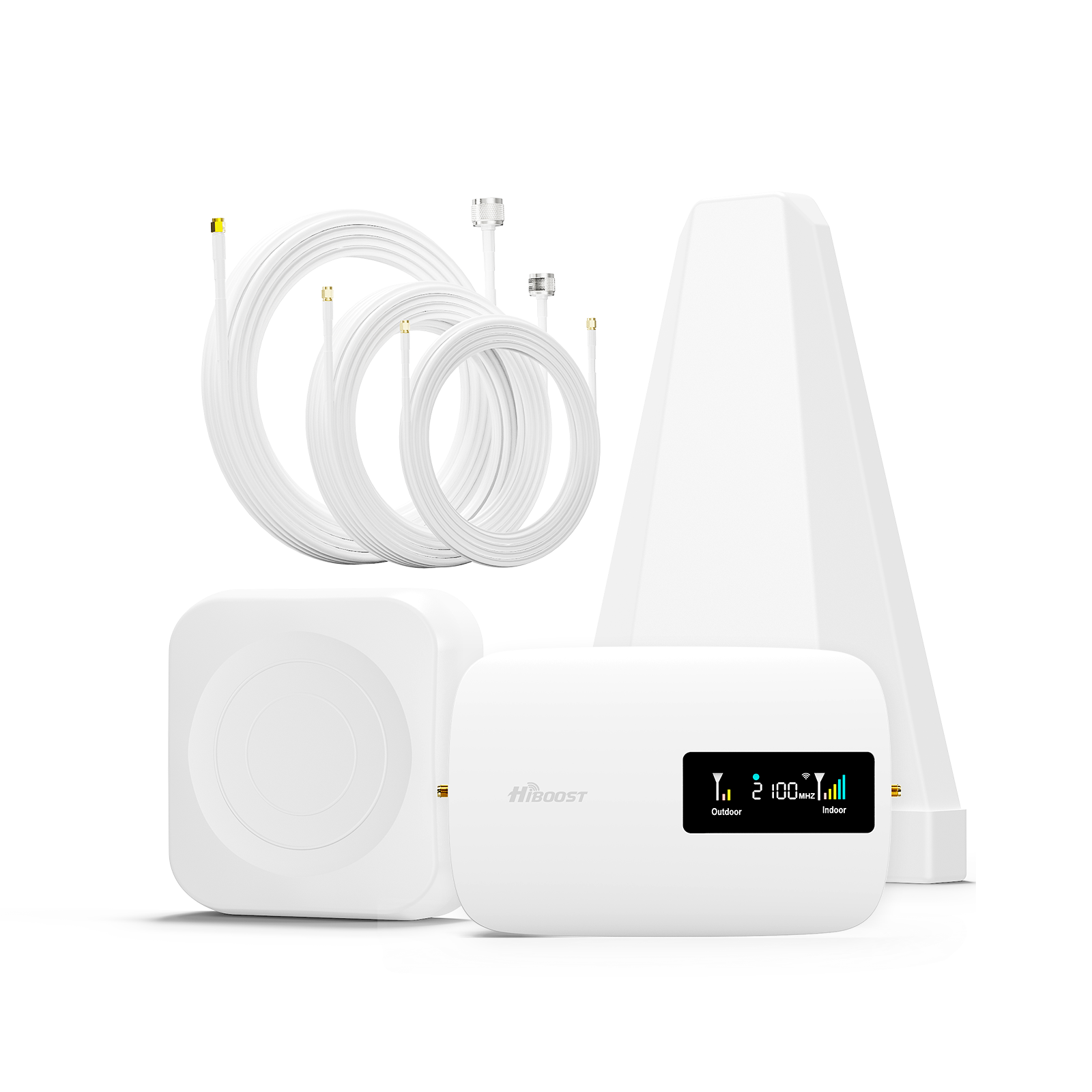
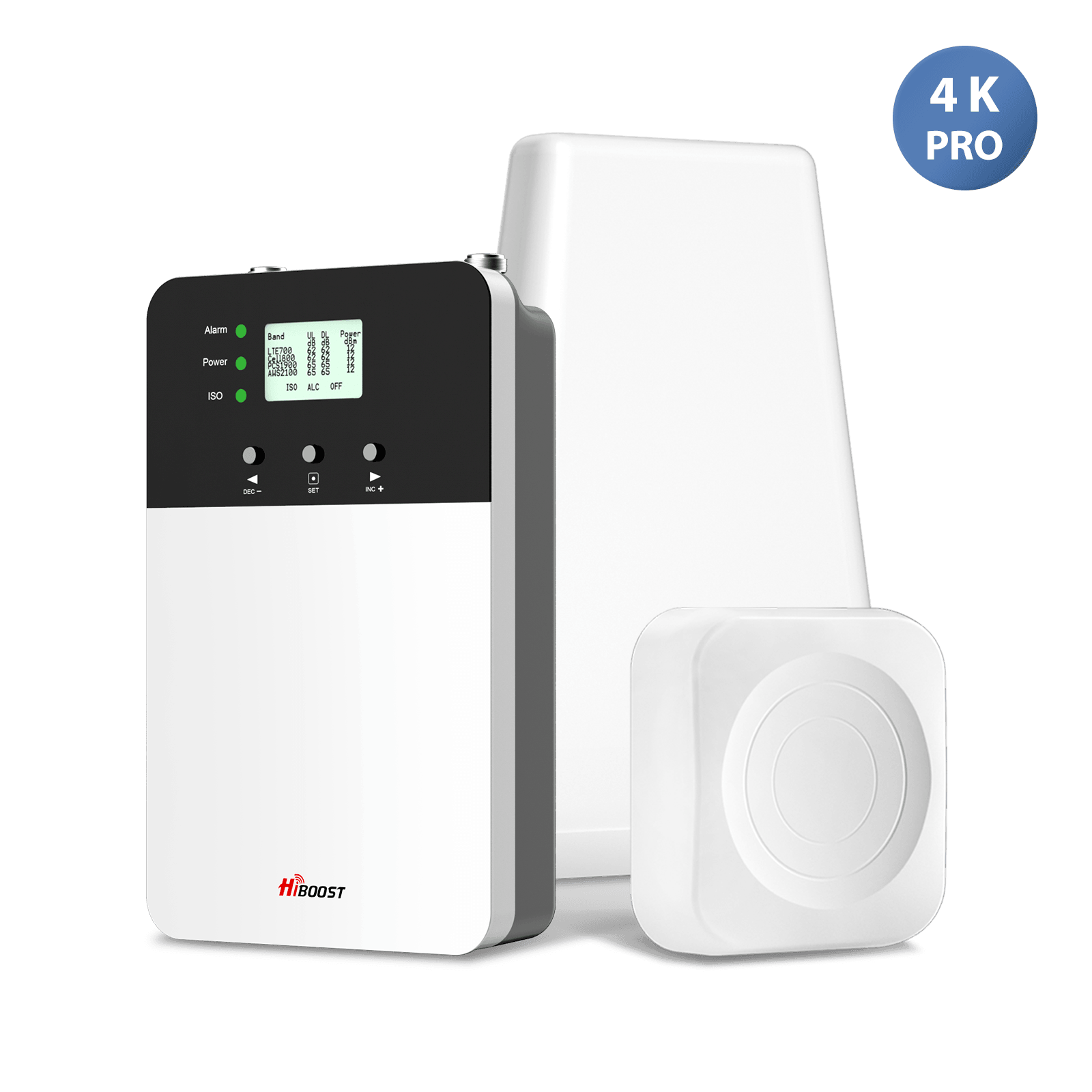
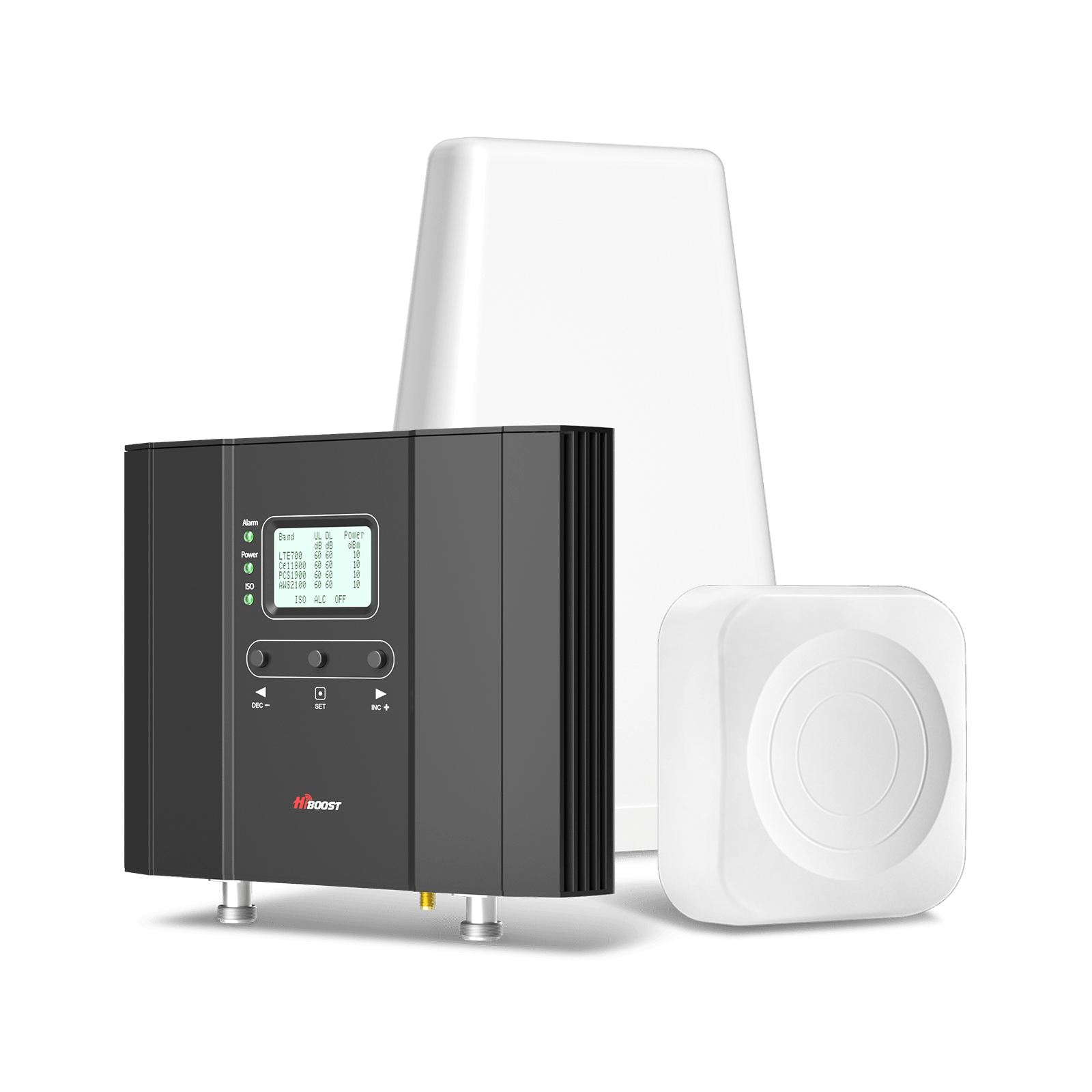
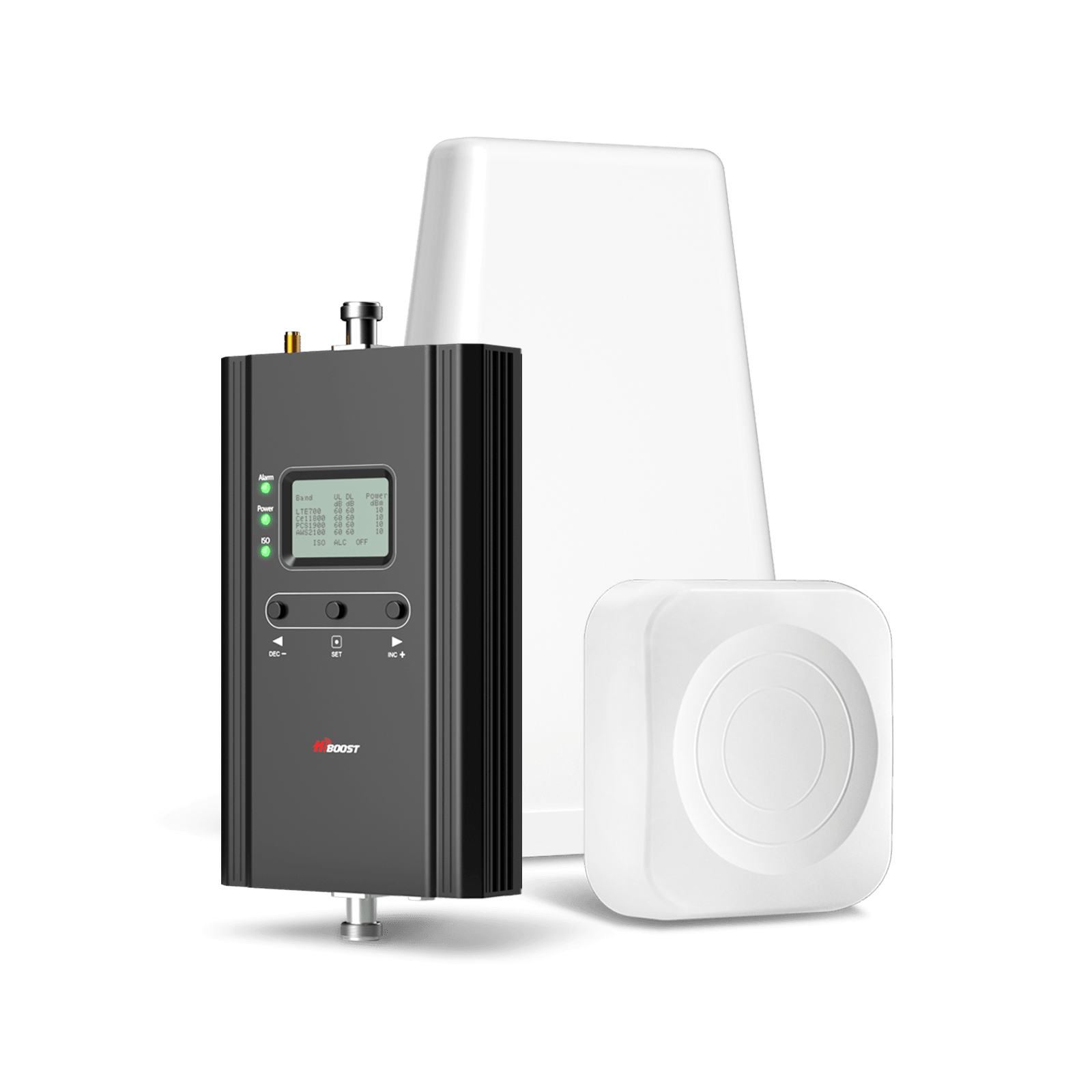

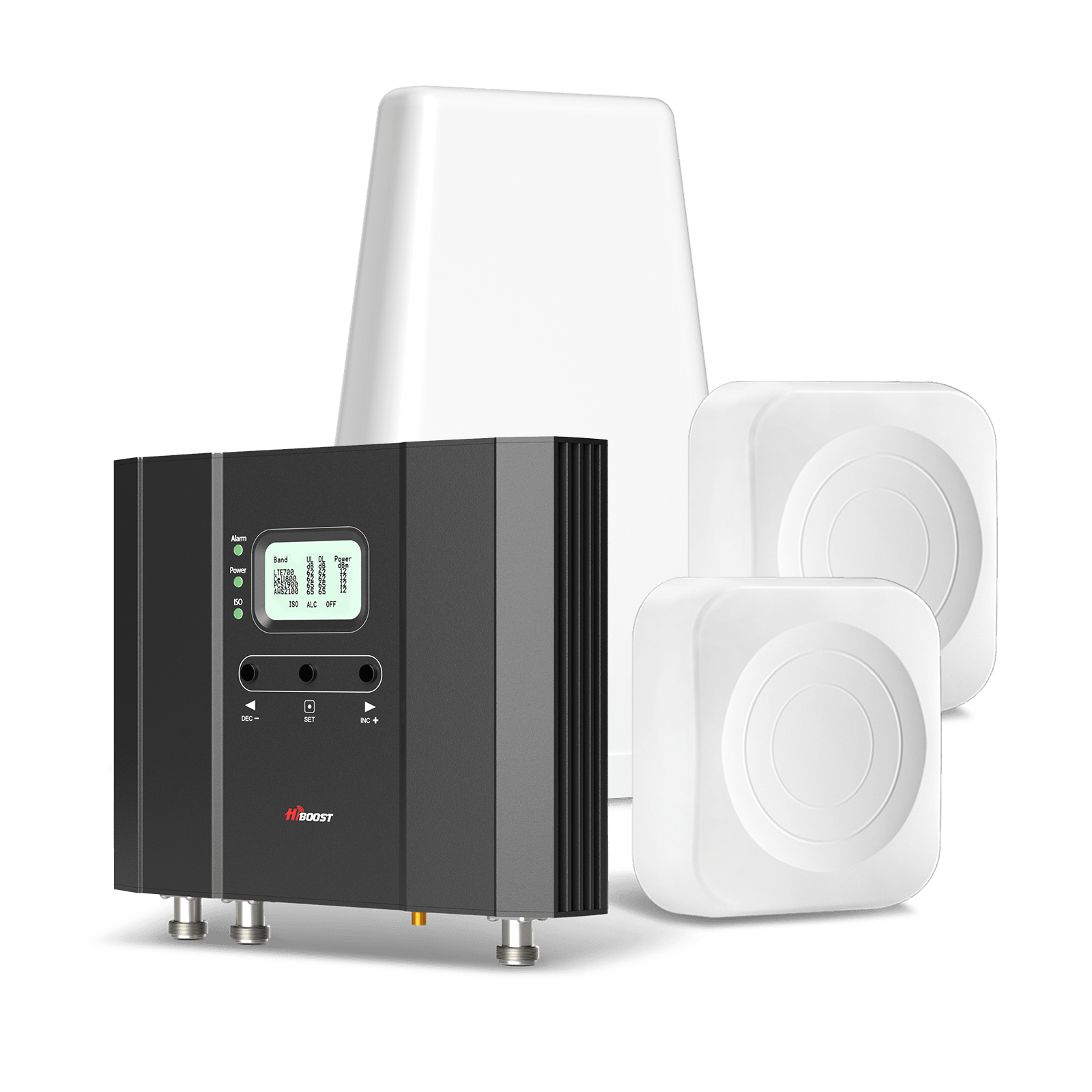


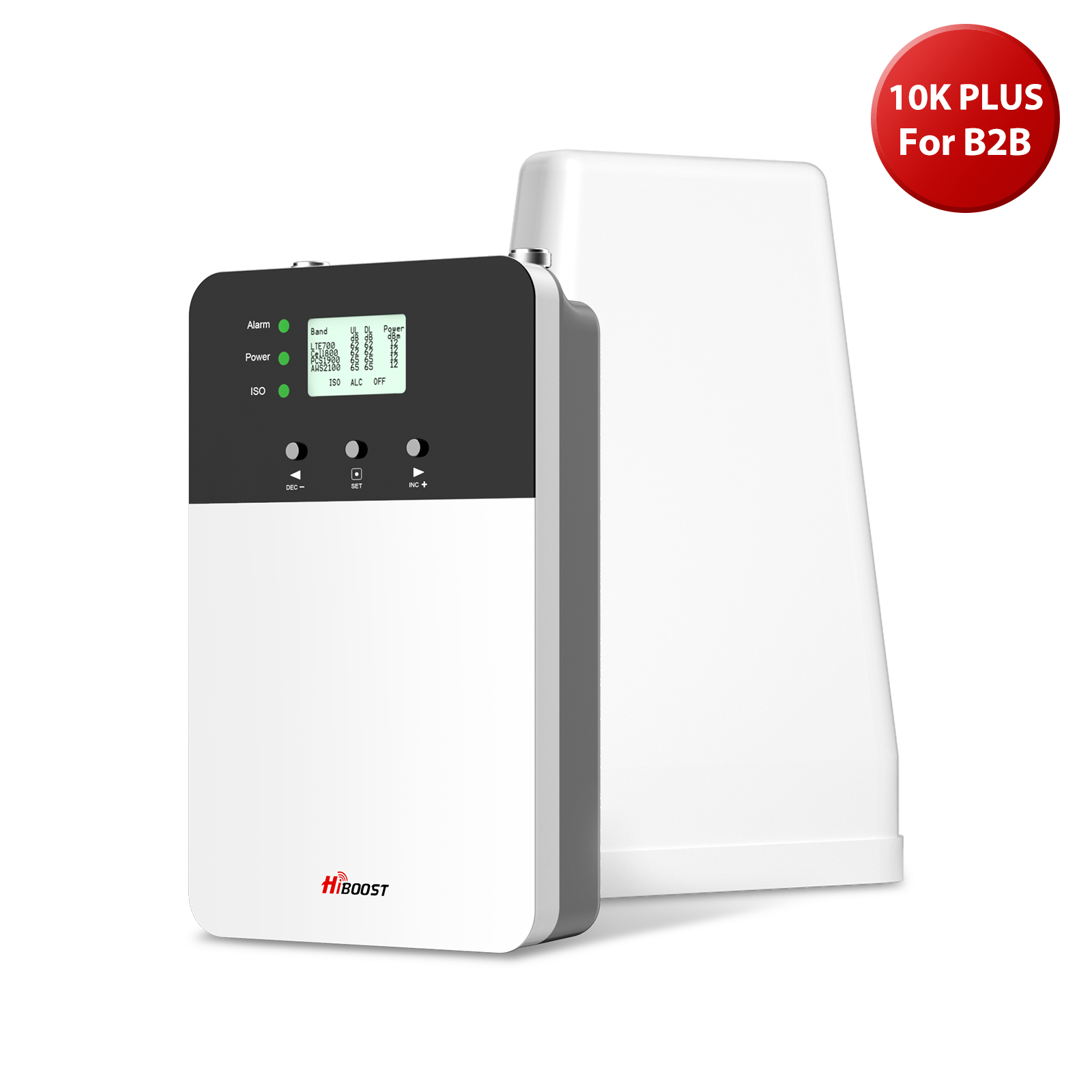
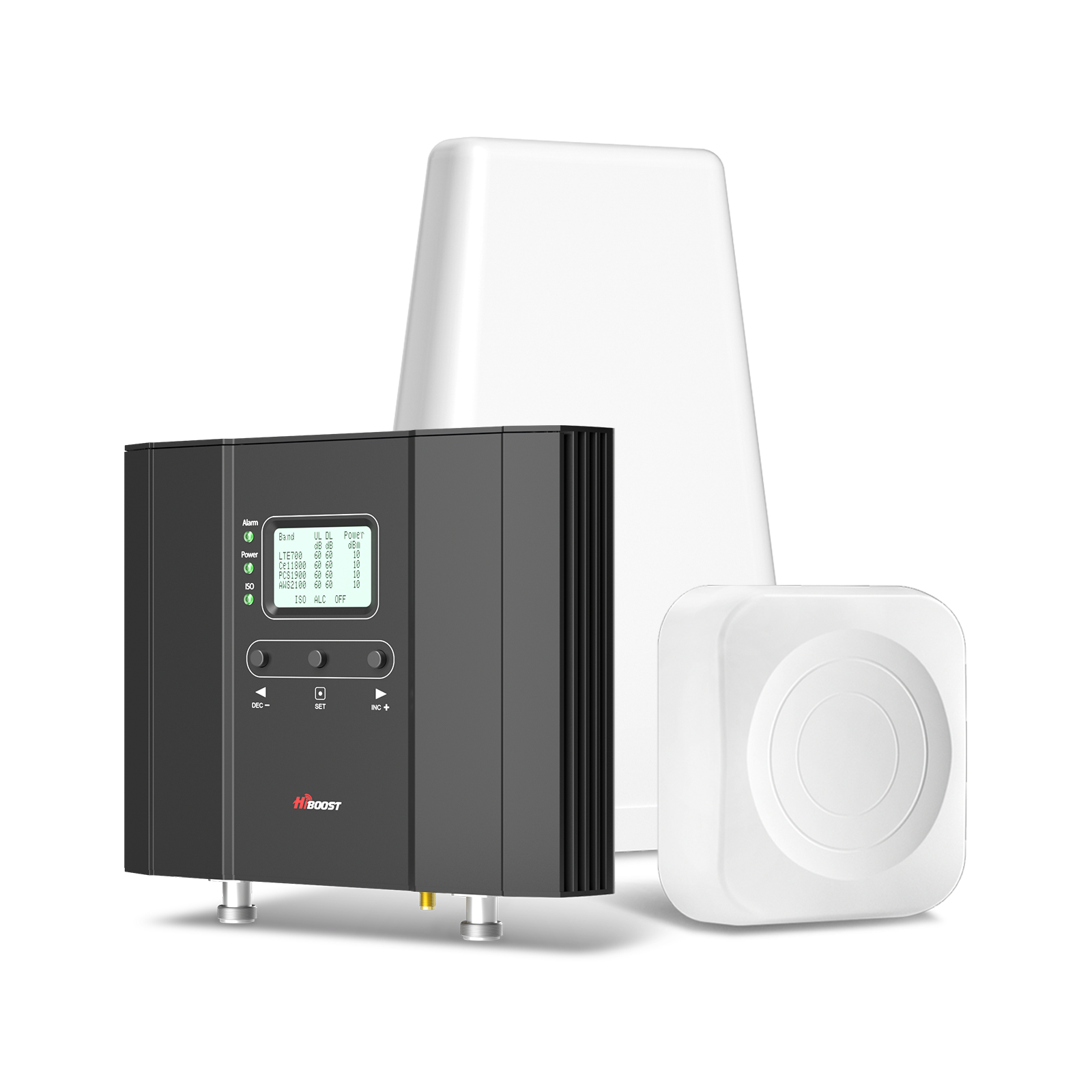
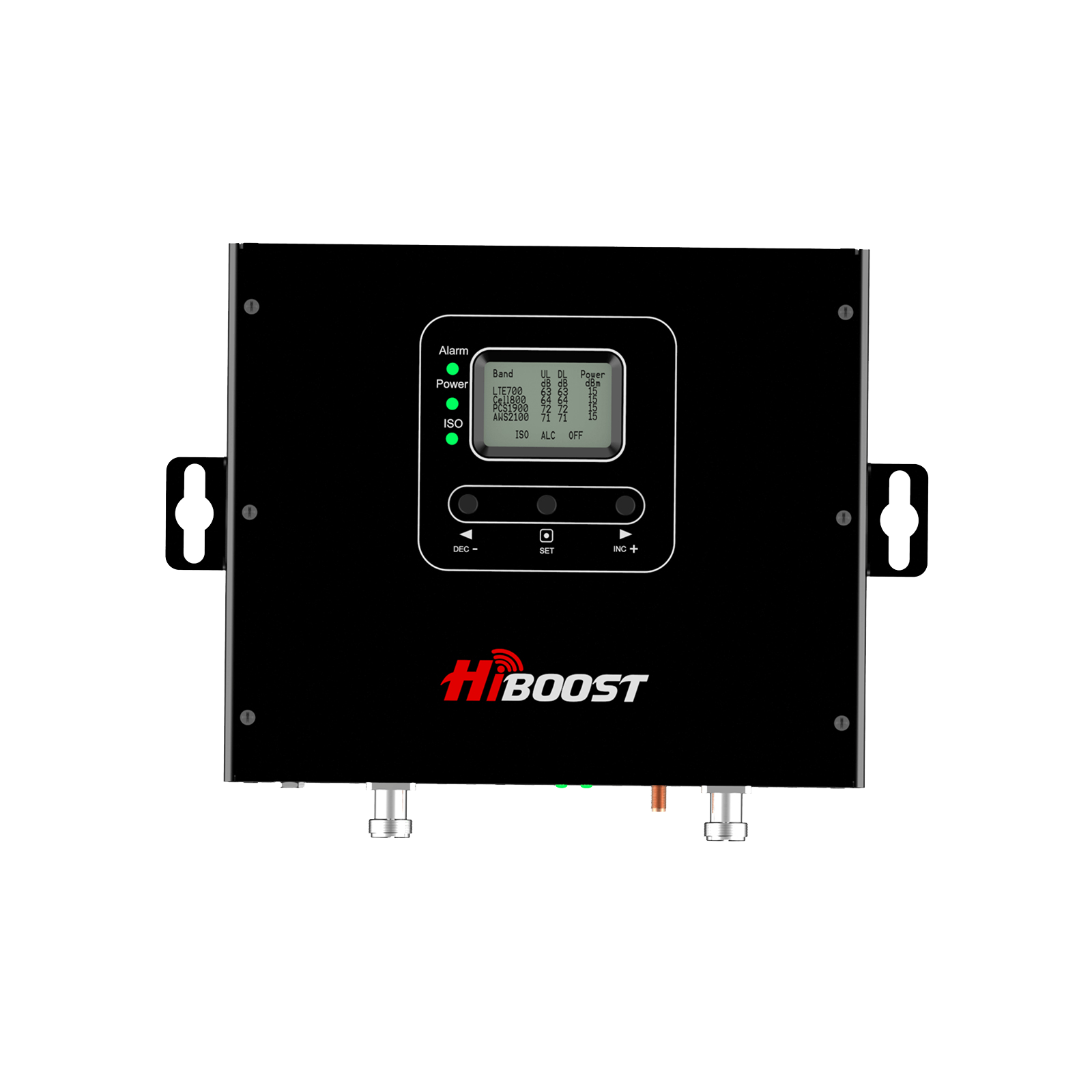
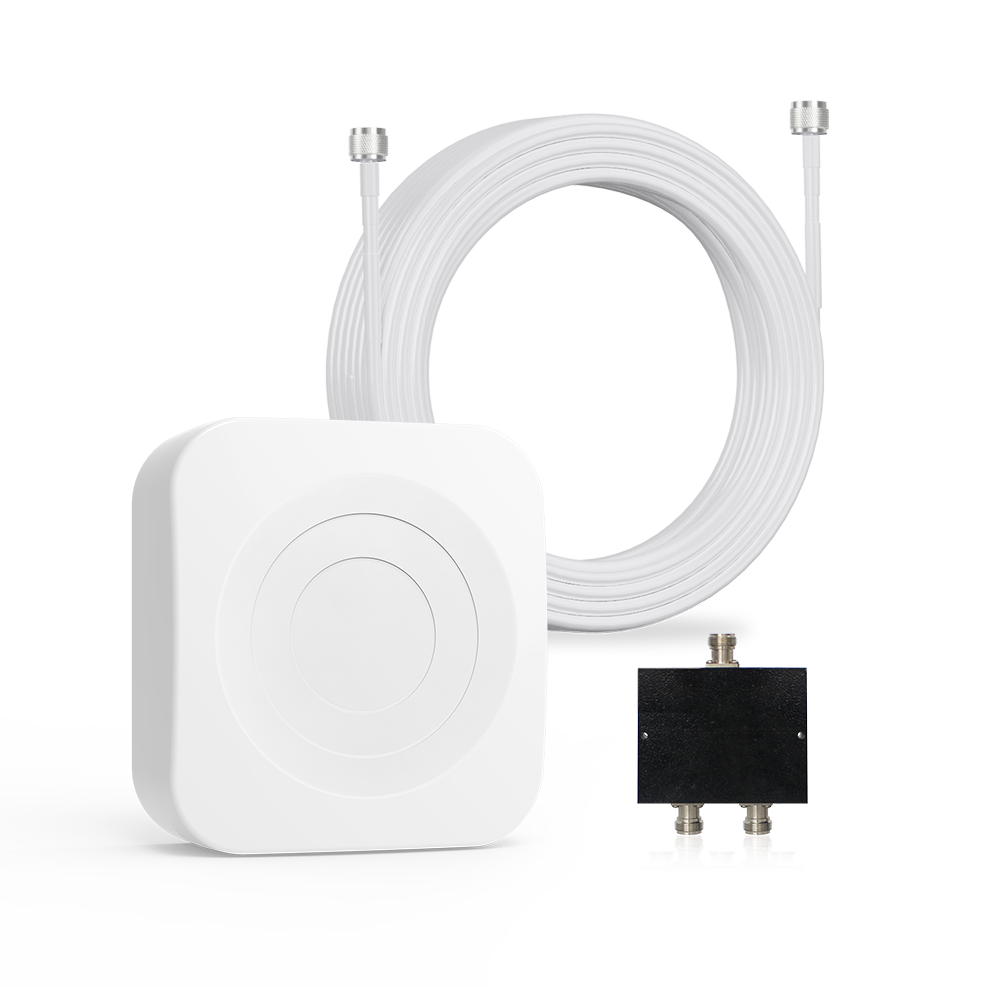
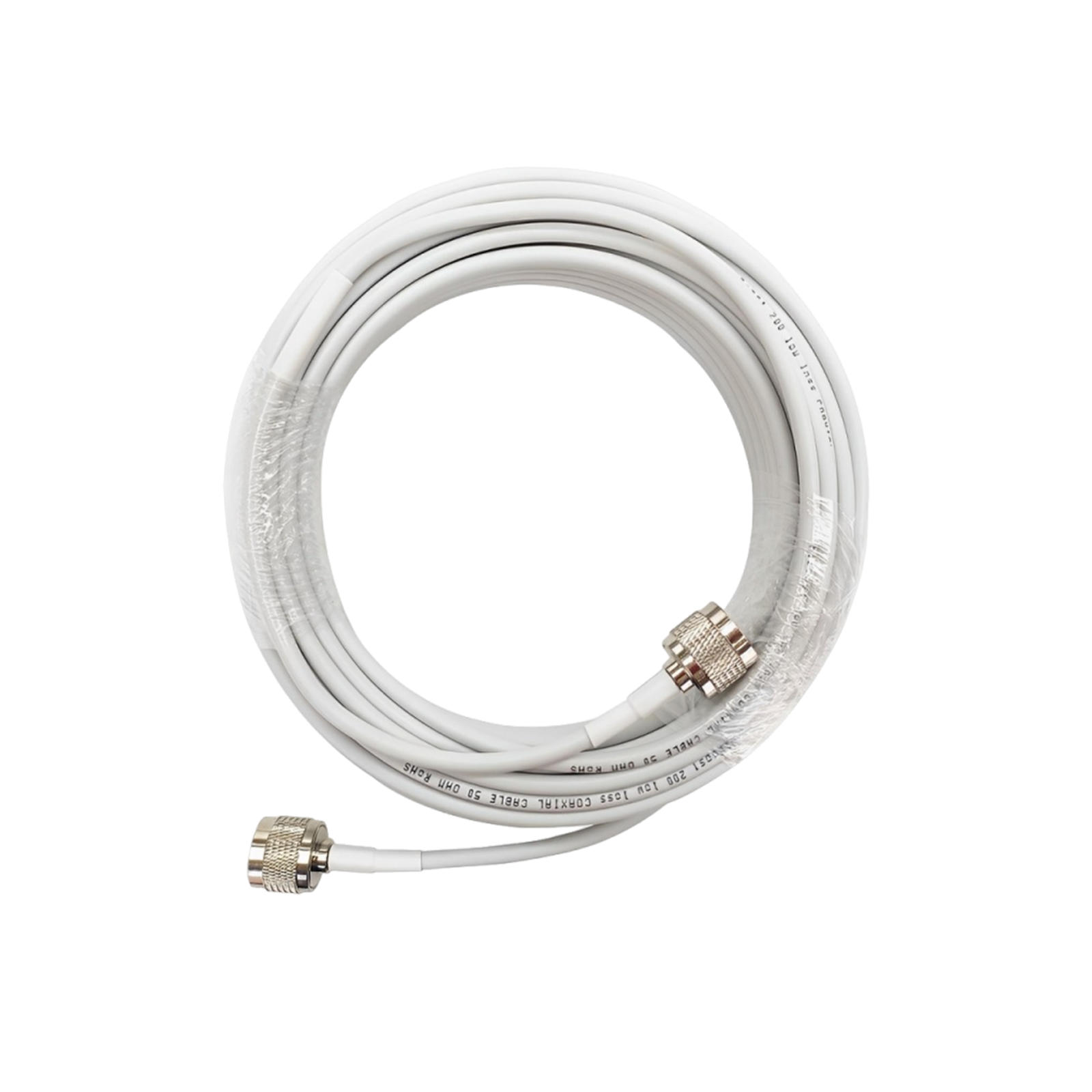
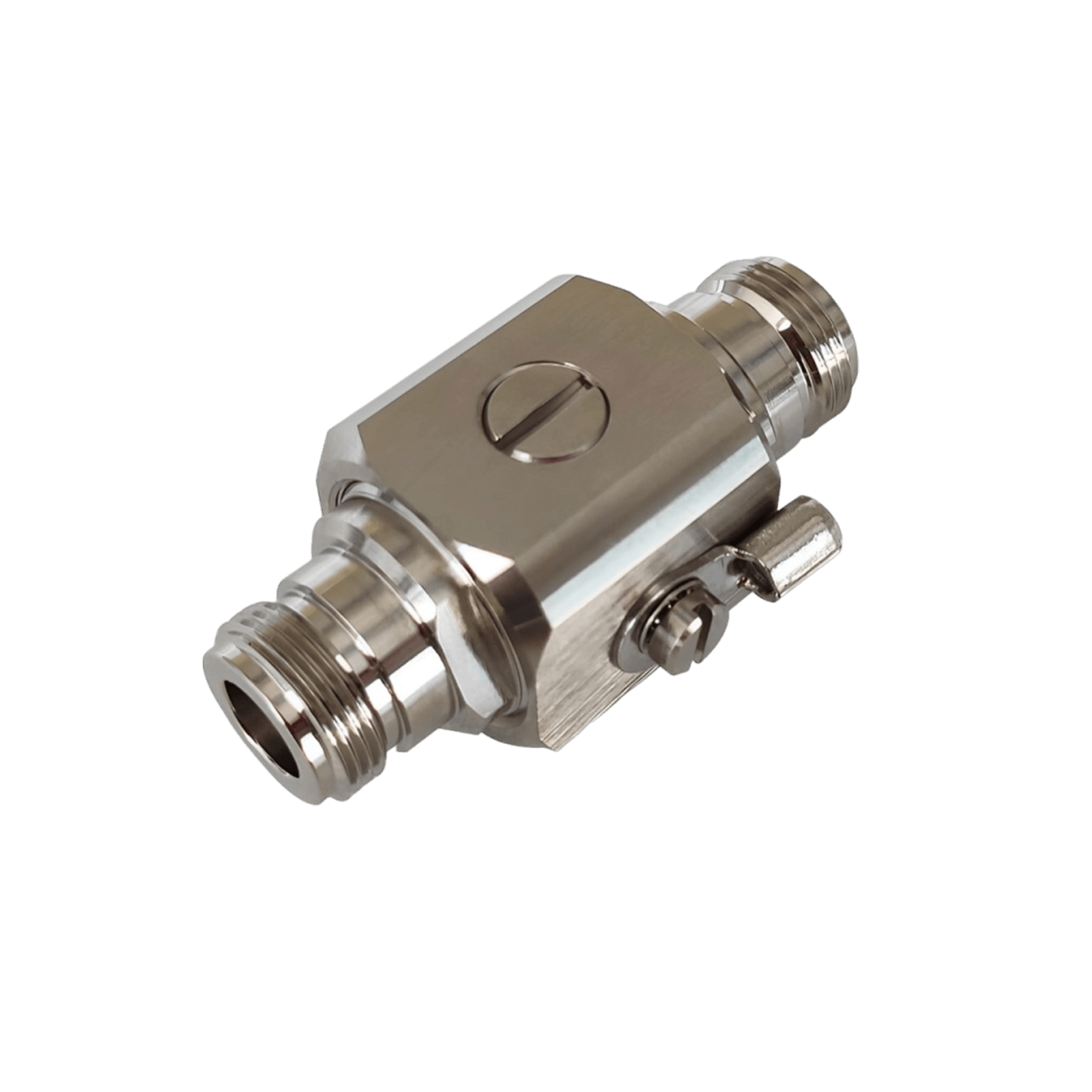
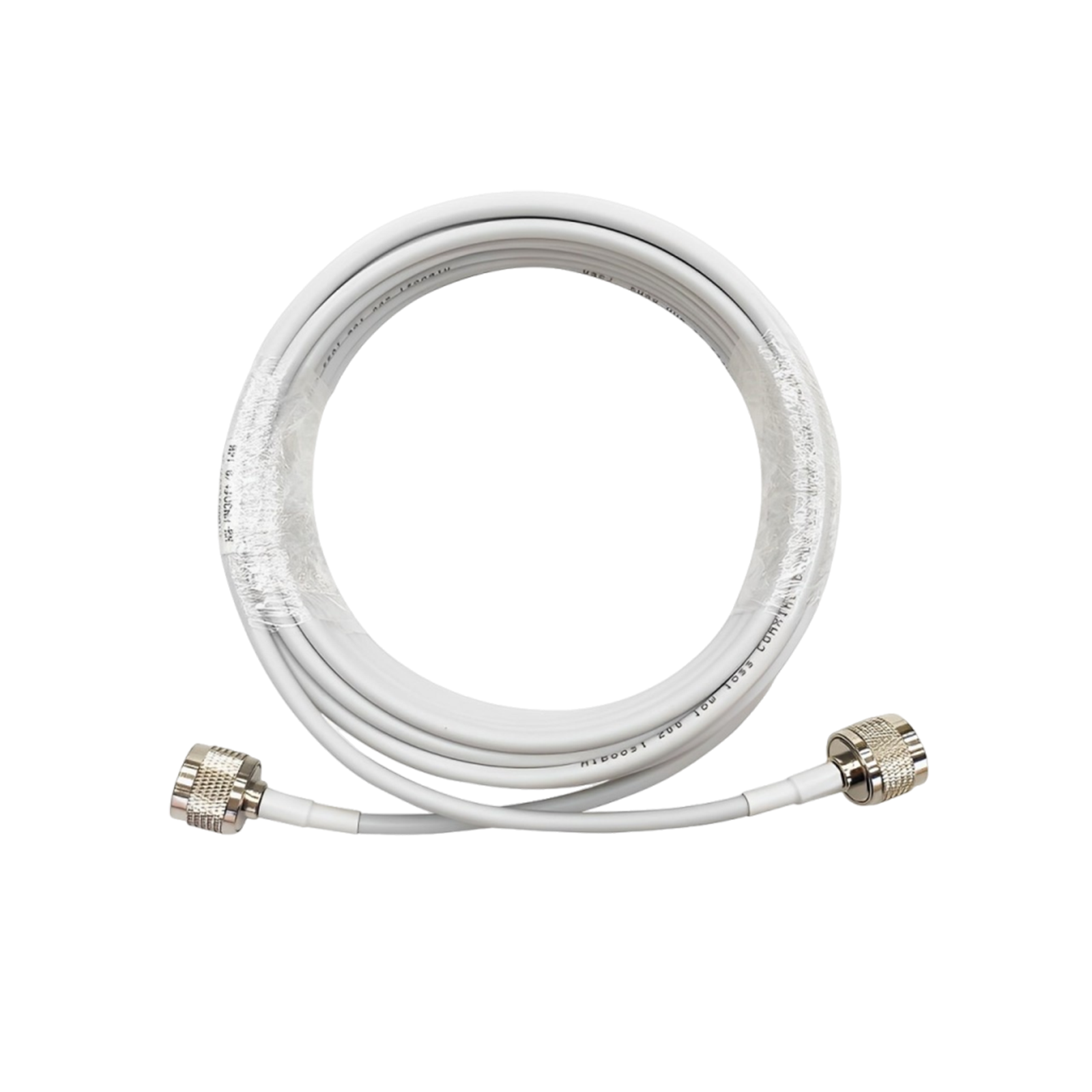

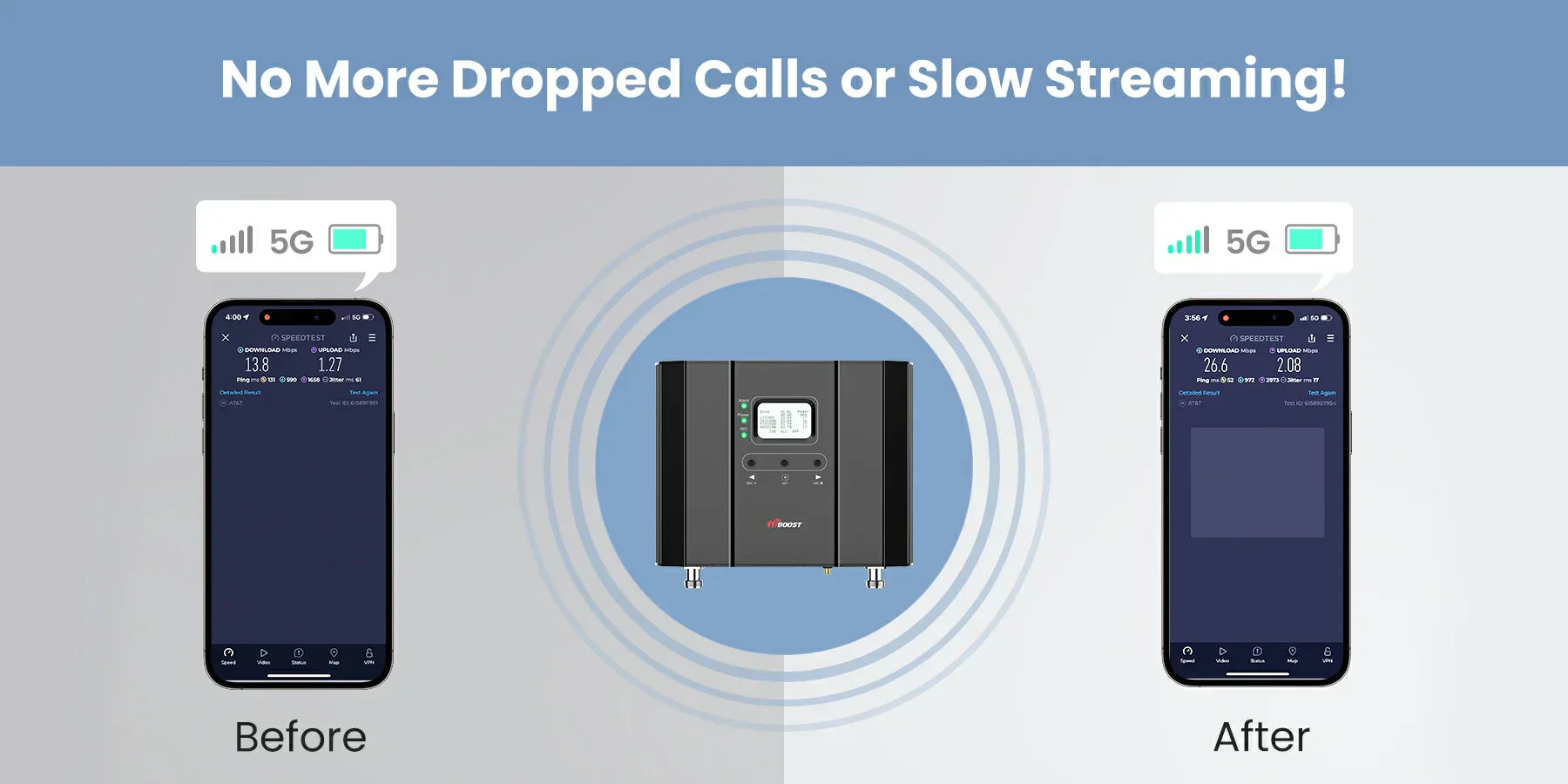
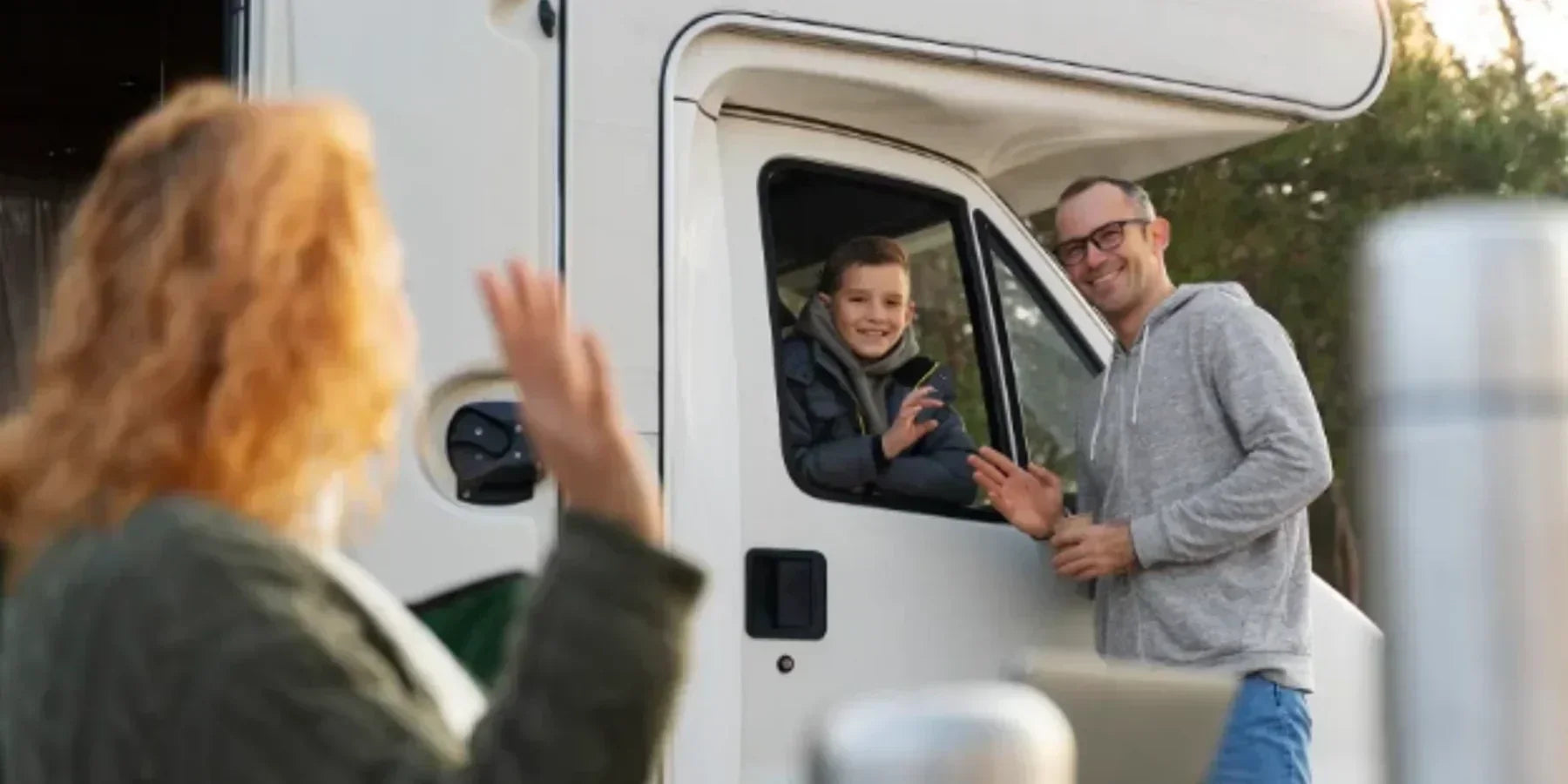
Leave a comment
All comments are moderated before being published.
This site is protected by hCaptcha and the hCaptcha Privacy Policy and Terms of Service apply.